The 1890s was an era of change and development for England. The Industrial Revolution had left its mark on the nation, and the county of Derbyshire was no exception. In the East Midlands region, Derbyshire was a rural county with abundant natural beauty, breathtaking landscapes, and a rich history. In this post, we will take a journey back to Derbyshire in the 1890s to explore its unique blend of industrial and rural landscapes and its people and their lives.
The Industrial Revolution and Its Impact on Derbyshire
Derbyshire experienced the effects of the Industrial Revolution, which brought about significant changes in its economy and landscape. The county was a major coal mining and iron production center, with numerous collieries and ironworks scattered throughout the region. The Erewash Valley, in particular, became a hive of industrial activity, with towns such as Ilkeston and Heanor experiencing rapid growth.
The textile industry also played a crucial role in Derbyshire’s development. The Derwent Valley, a UNESCO World Heritage Site, was the birthplace of the modern factory system. In the 1890s, cotton mills still lined the riverbanks, powered by the fast-flowing waters of the River Derwent. The mills employed thousands of workers, creating a burgeoning middle class in the county.
The Great Outdoors: Natural Beauty and Rural Landscapes
Despite the industrial growth, Derbyshire remained a predominantly rural county in the 1890s. With its rolling hills, vast moorlands, and picturesque valleys, it was a place of immense natural beauty. The Peak District, now a National Park, was a popular destination for tourists and locals alike who sought solace from the grime and pollution of the industrial areas.
The High Peak and White Peak areas of the county offered contrasting landscapes. The High Peak was characterized by its dramatic gritstone edges and expansive moorlands, while the White Peak was known for its lush, green valleys and charming limestone villages. The 1890s saw the beginnings of recreational pursuits such as hiking and rock climbing, with the Peak District becoming a hotspot for such activities.
The Lives of the People
Derbyshire in the 1890s was a county of contrasts. The people’s lives were shaped by their surroundings, with those in the industrial areas often facing harsh working conditions and long hours. Workers in the textile mills and coal mines struggled with low wages, dangerous working environments, and the ever-present threat of accidents.
In the rural areas, farming was still the main occupation for many. Traditional agriculture methods persisted, relying on manual labor and horse-drawn machinery. However, introducing steam-powered machinery was beginning to revolutionize farming practices, leading to increased efficiency and productivity.
Social life in the 1890s centered around local communities, with pubs, churches, and village halls serving as focal points. The expansion of the railway network throughout the county facilitated travel, enabling people to explore beyond their immediate surroundings and experience Derbyshire’s diverse landscapes and communities.
Look at these spectacular colorized photographs that capture Derbyshire in the late 19th century.


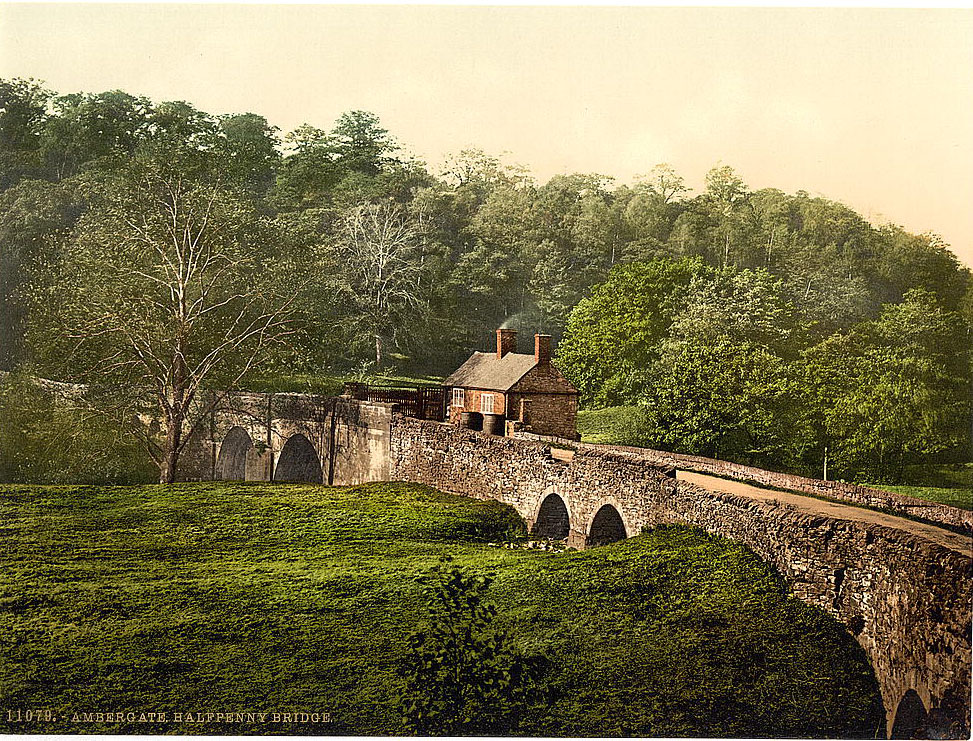
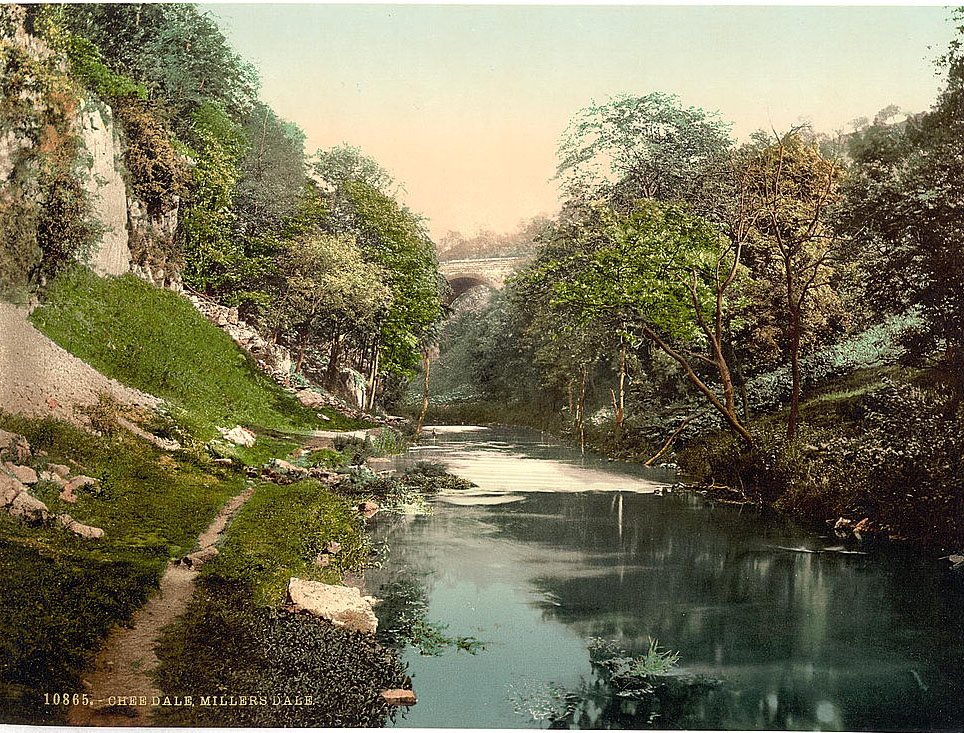
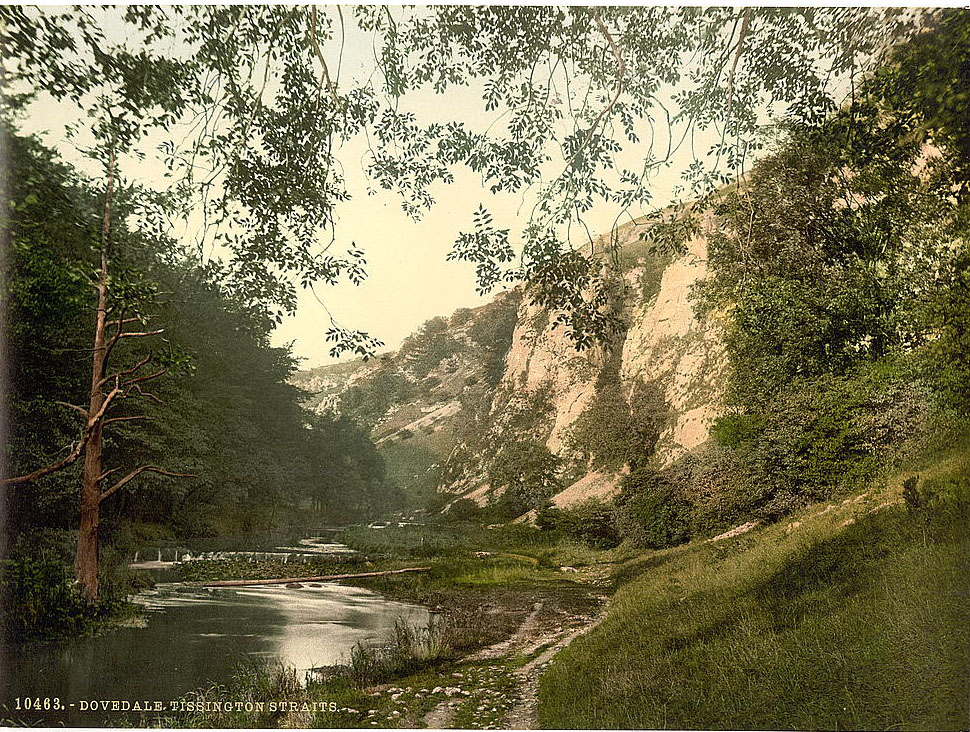
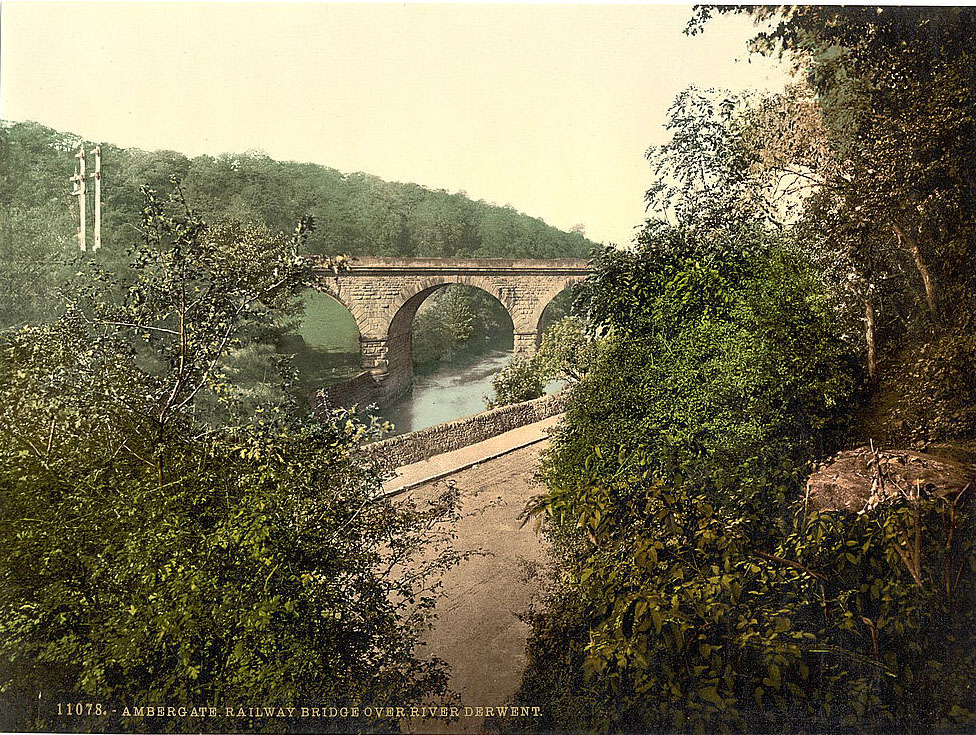
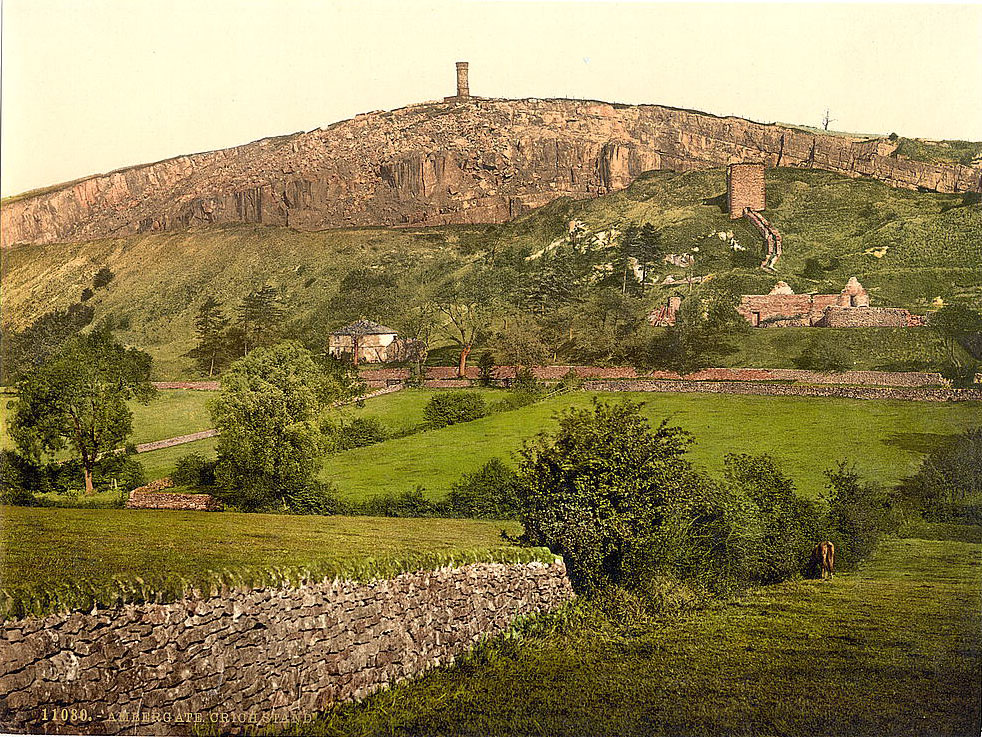
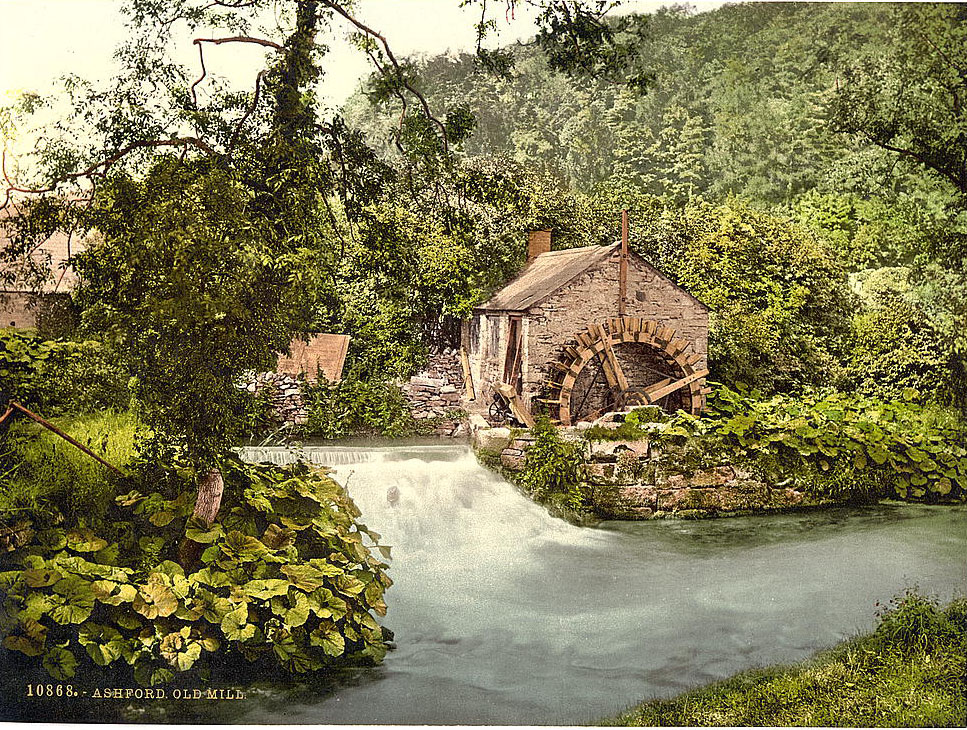
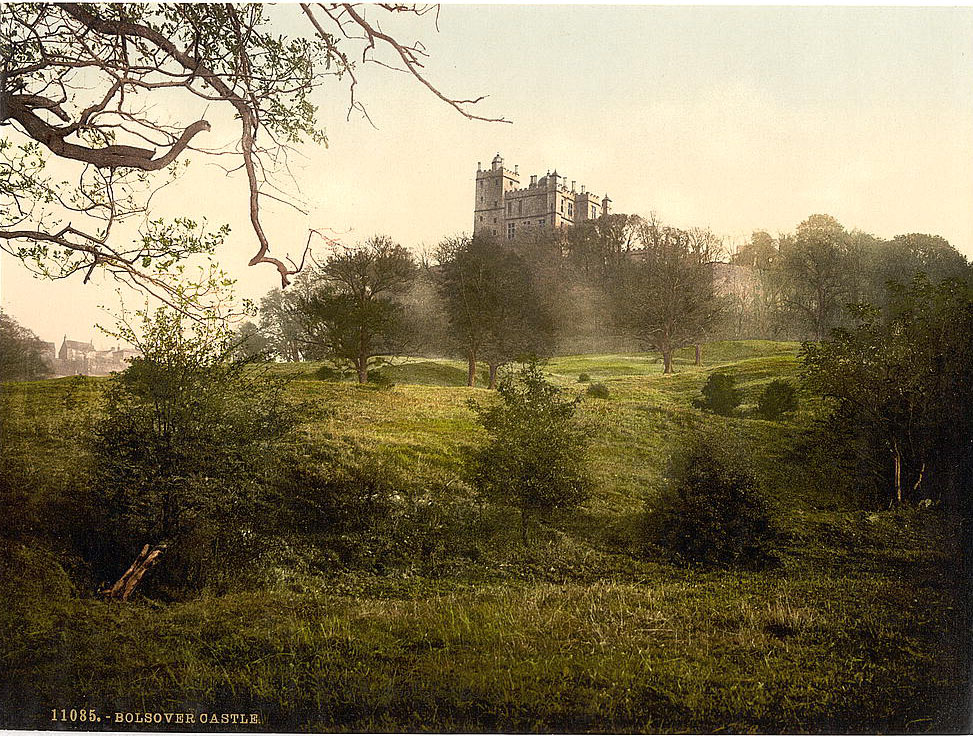
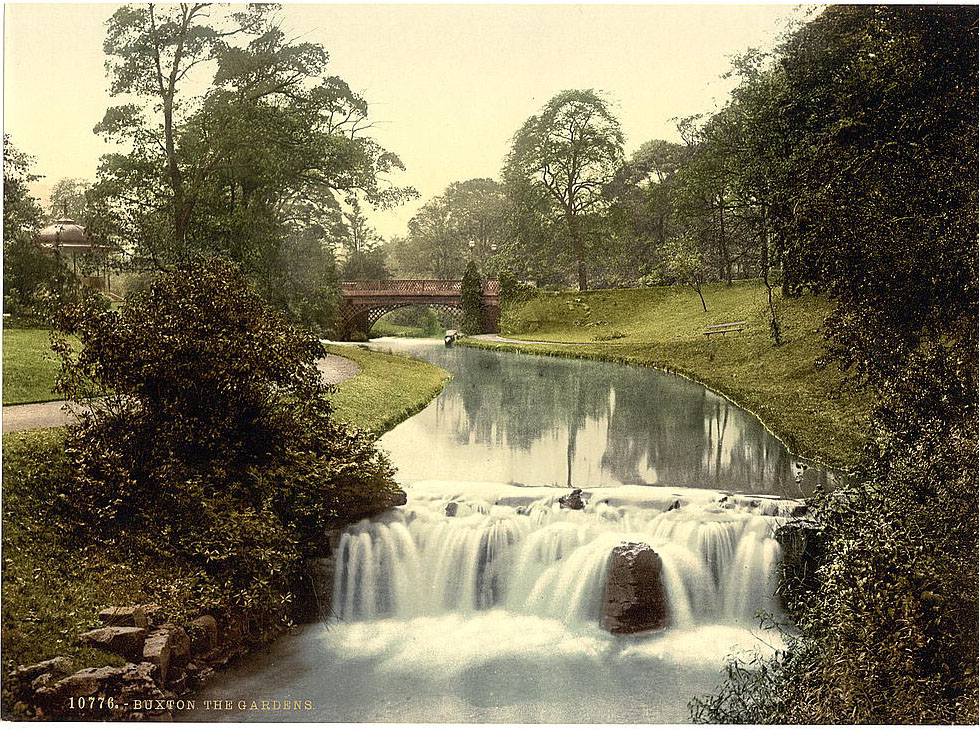
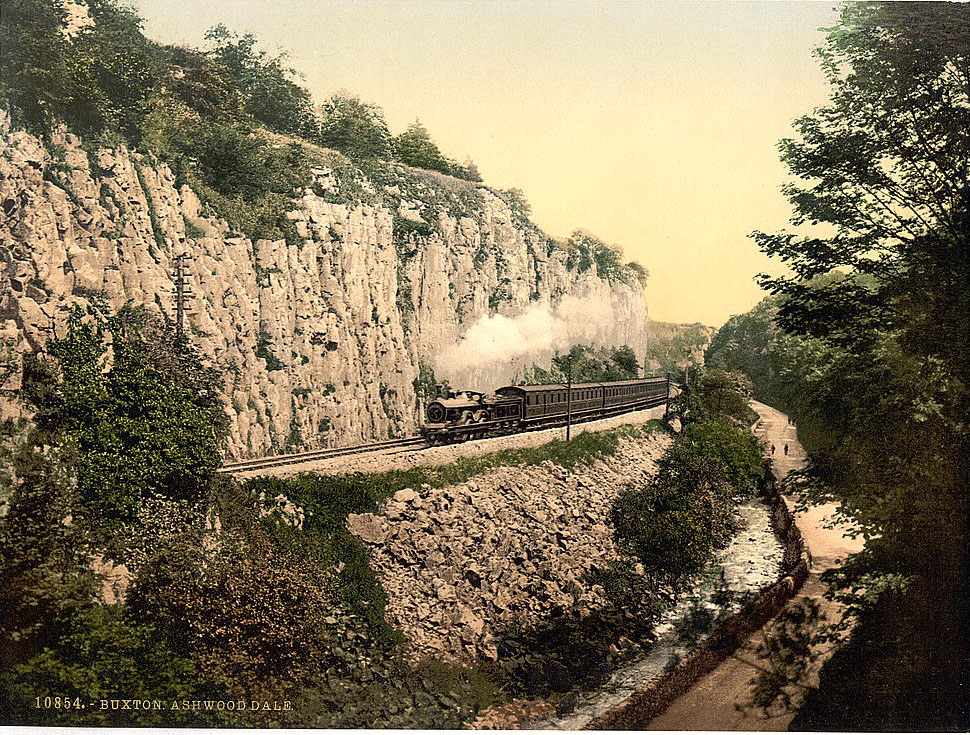
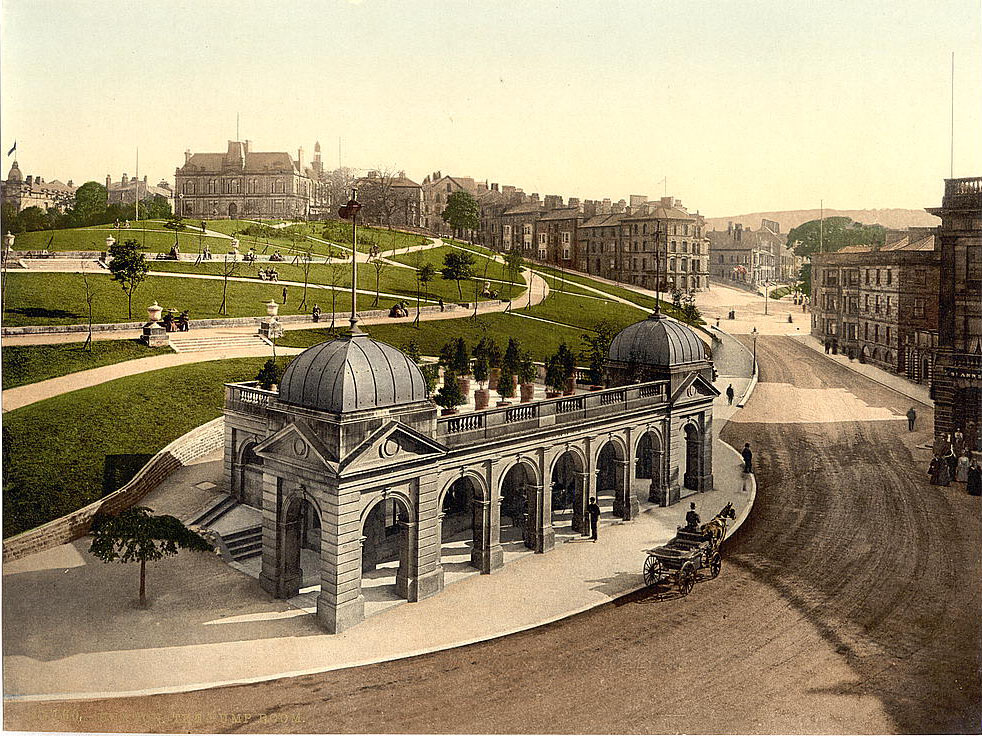
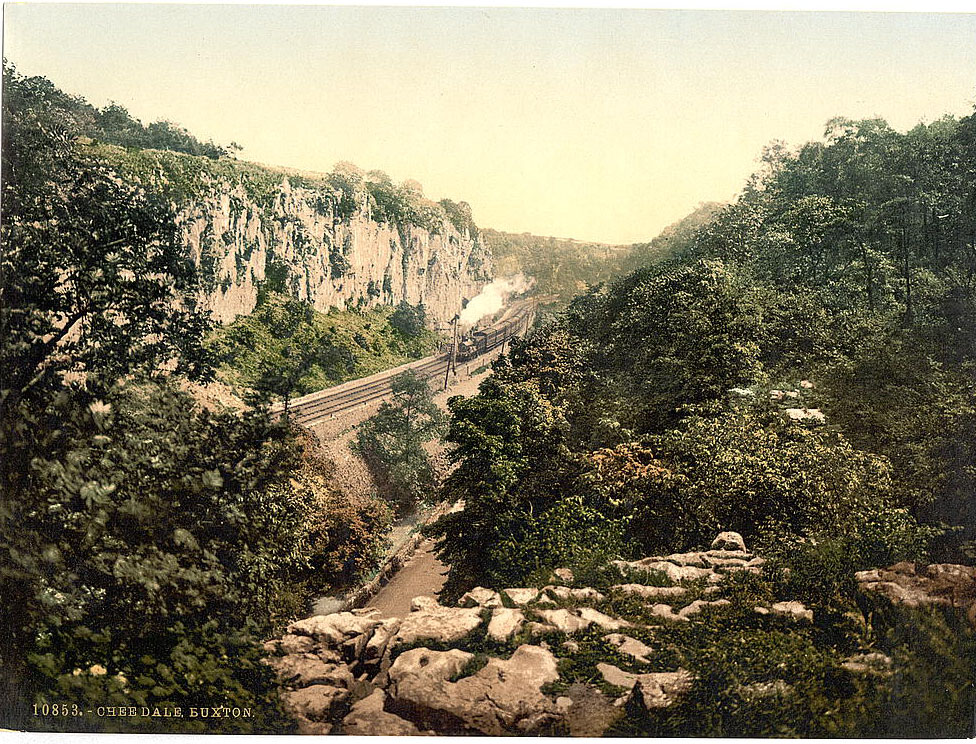
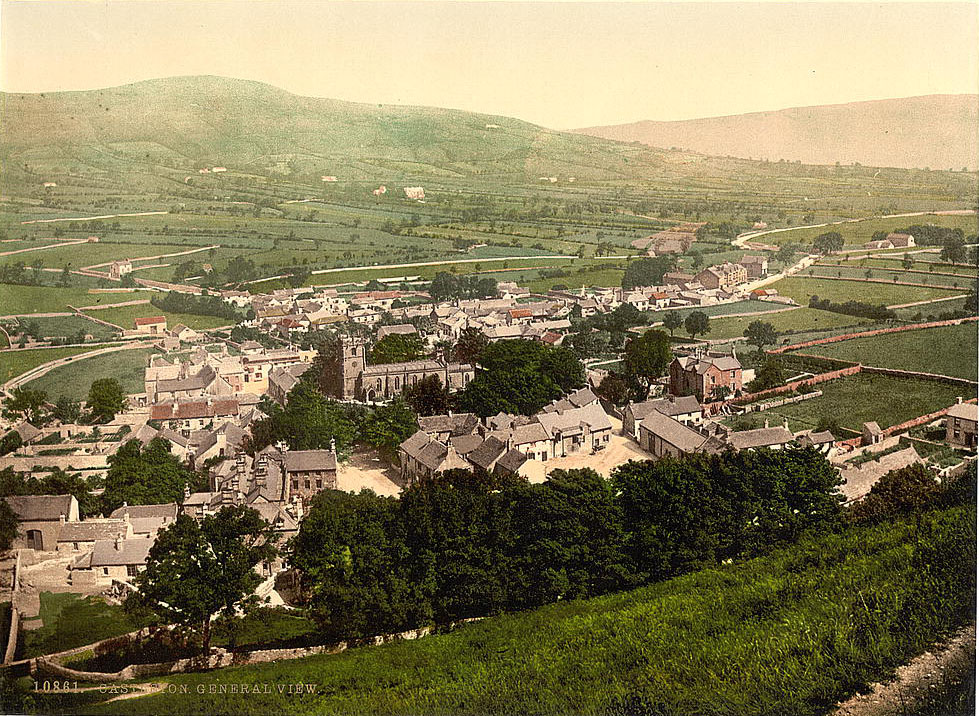
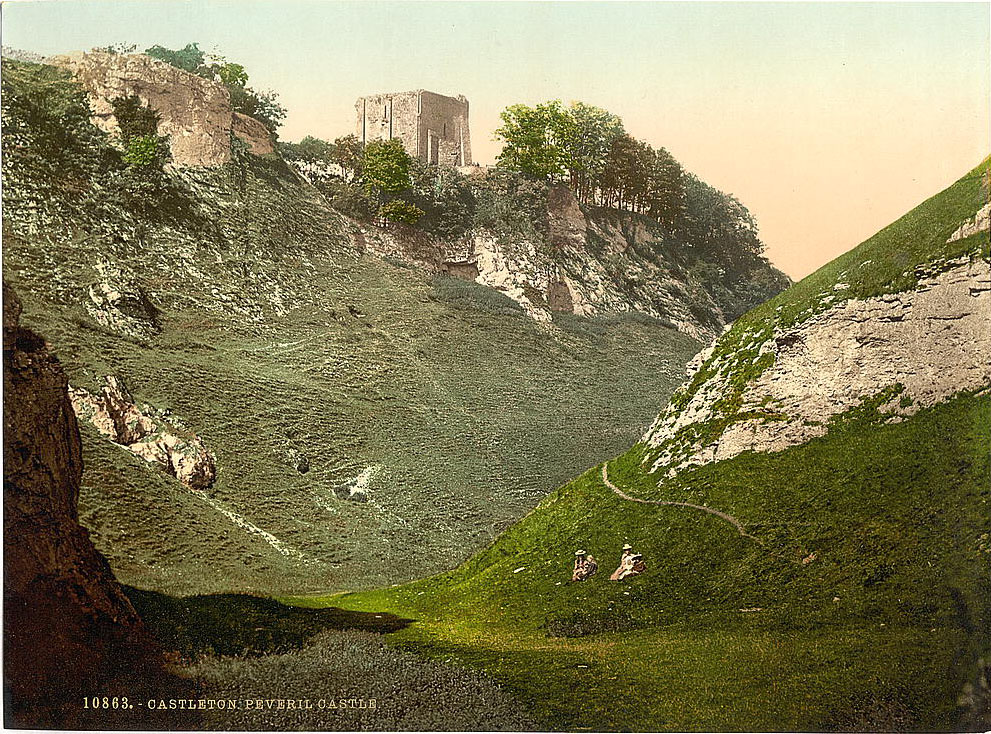
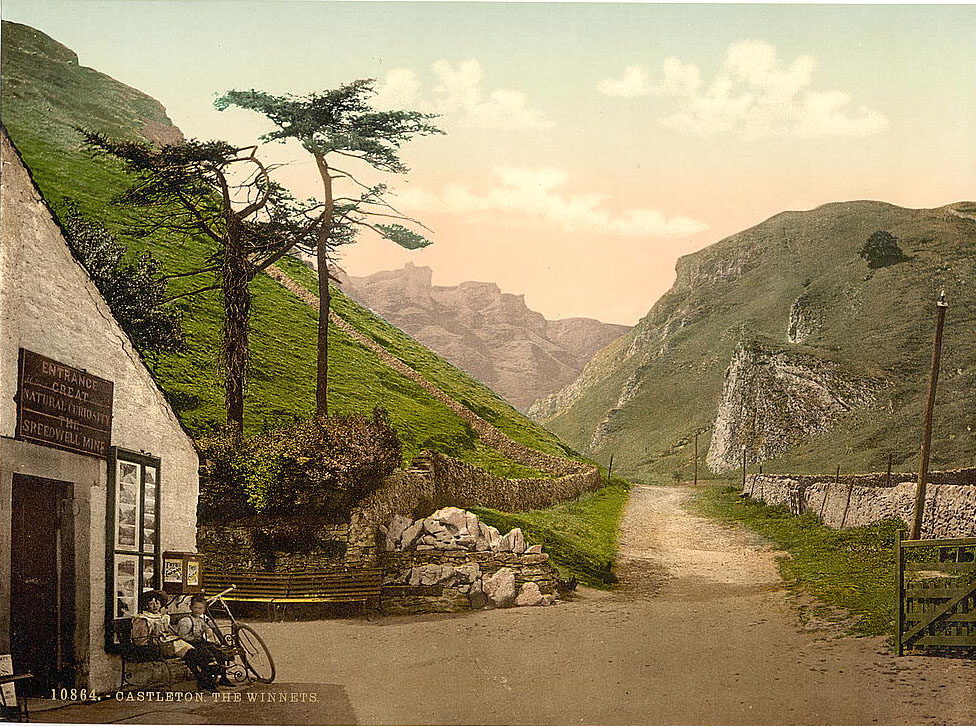
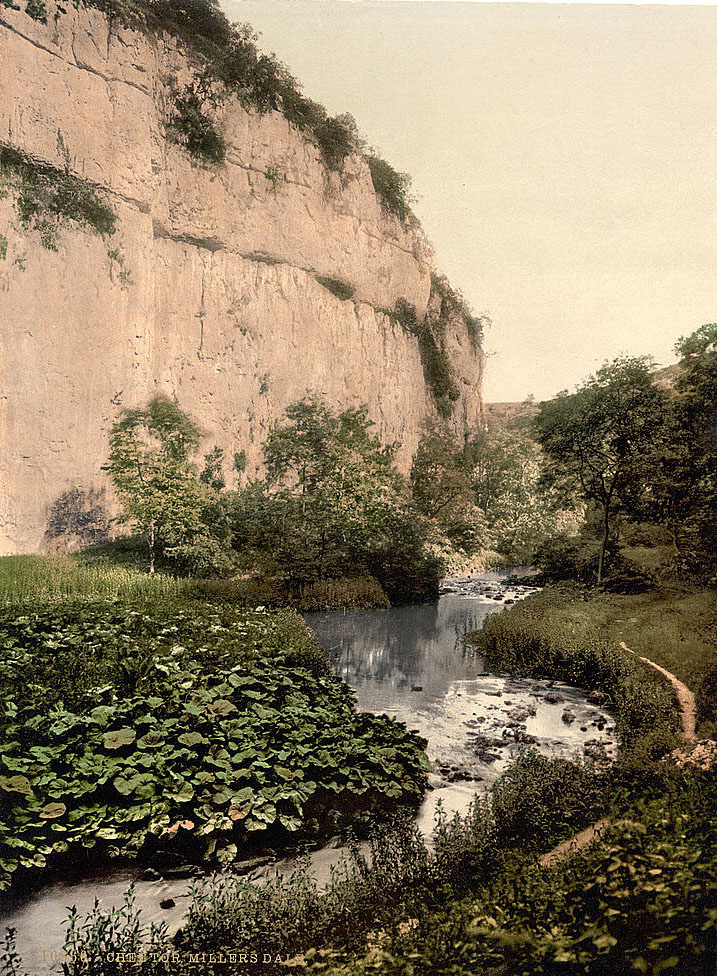
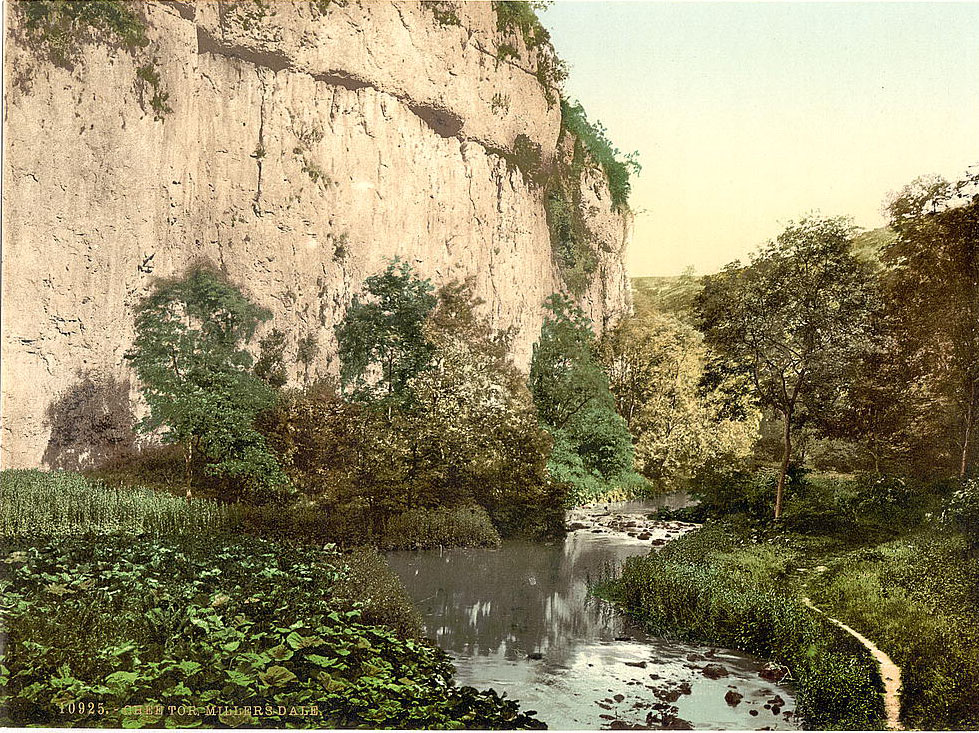
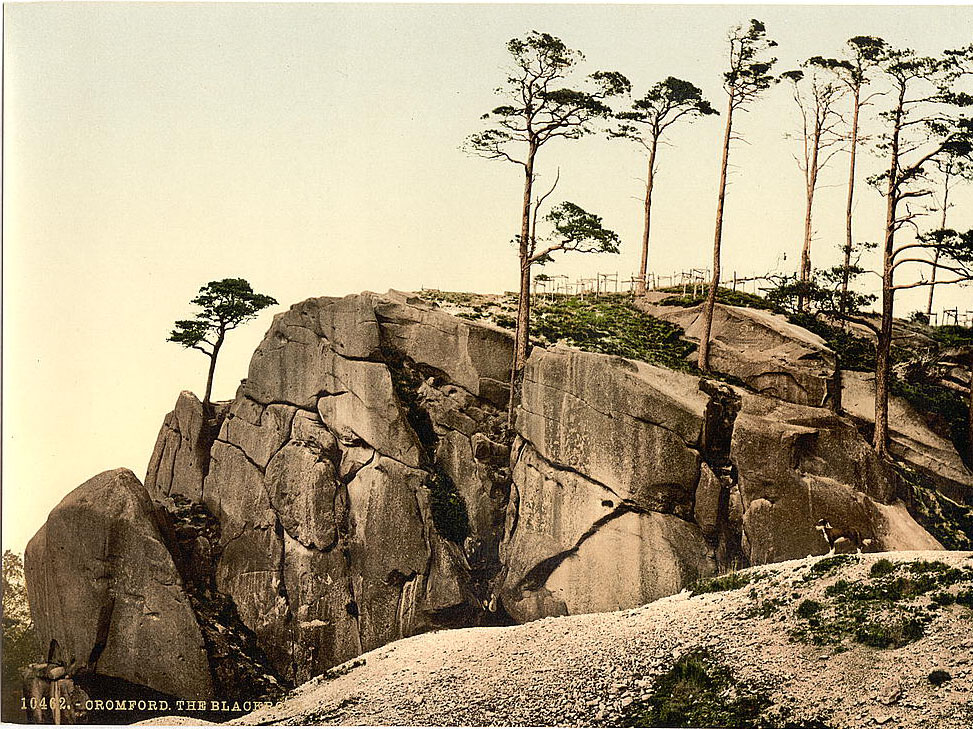
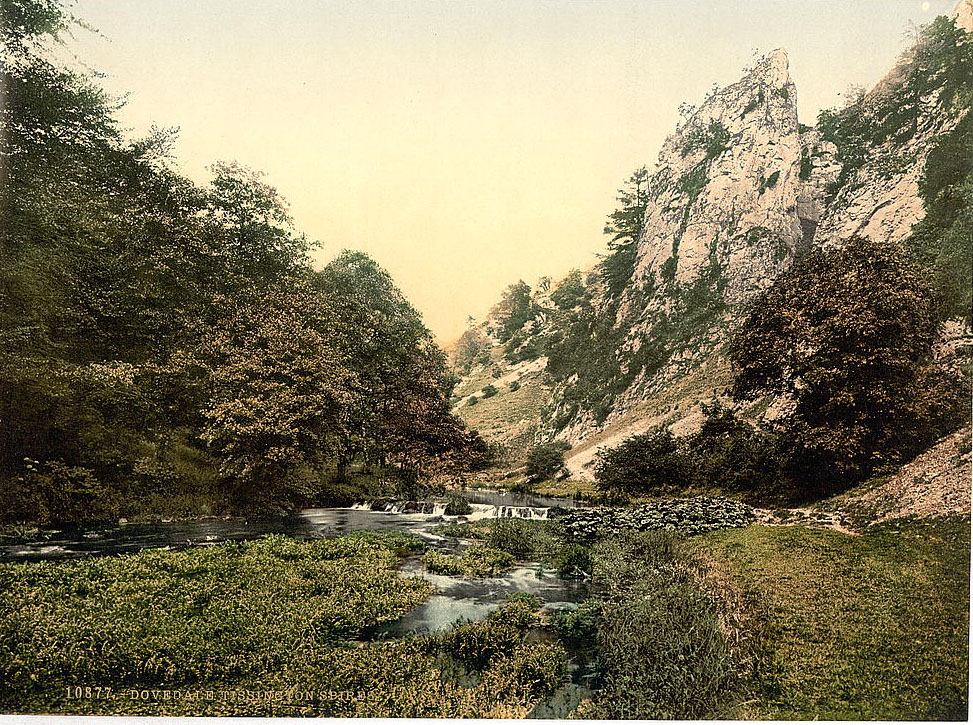
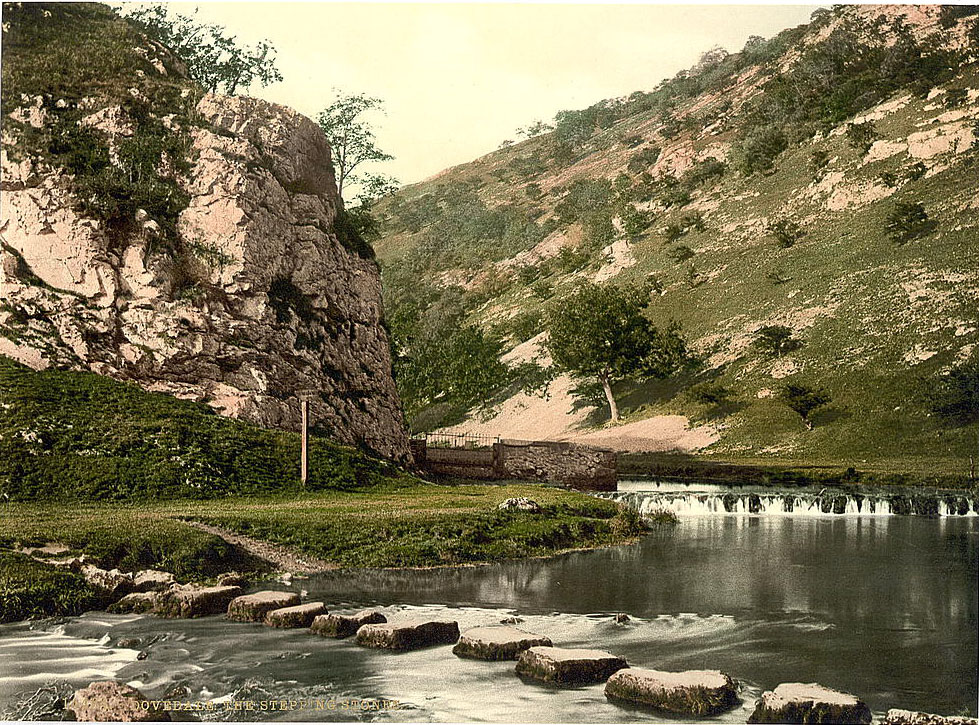
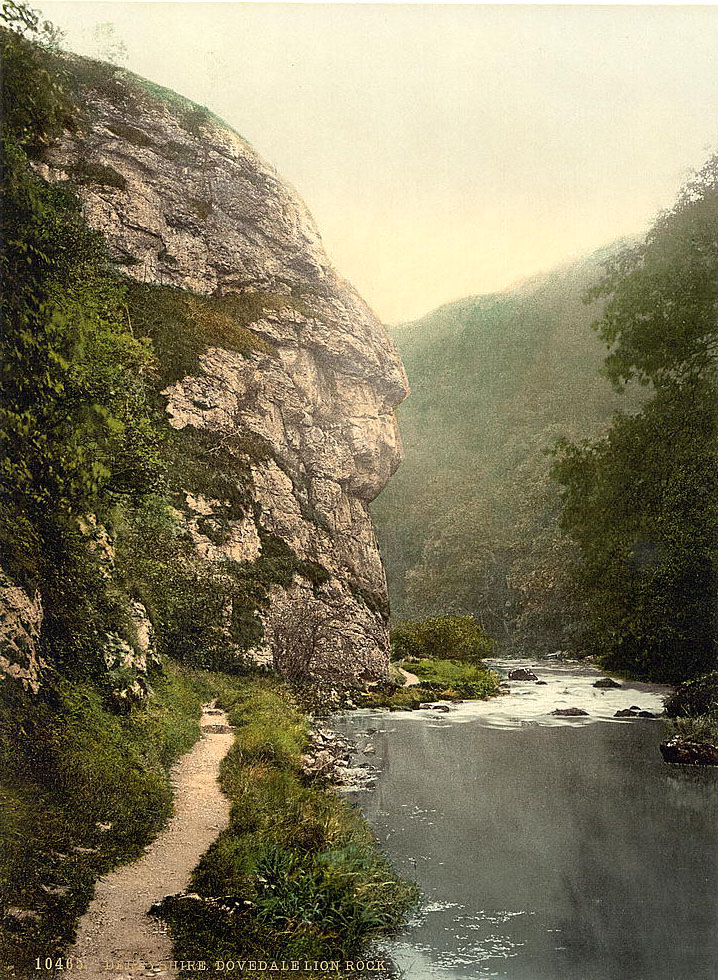
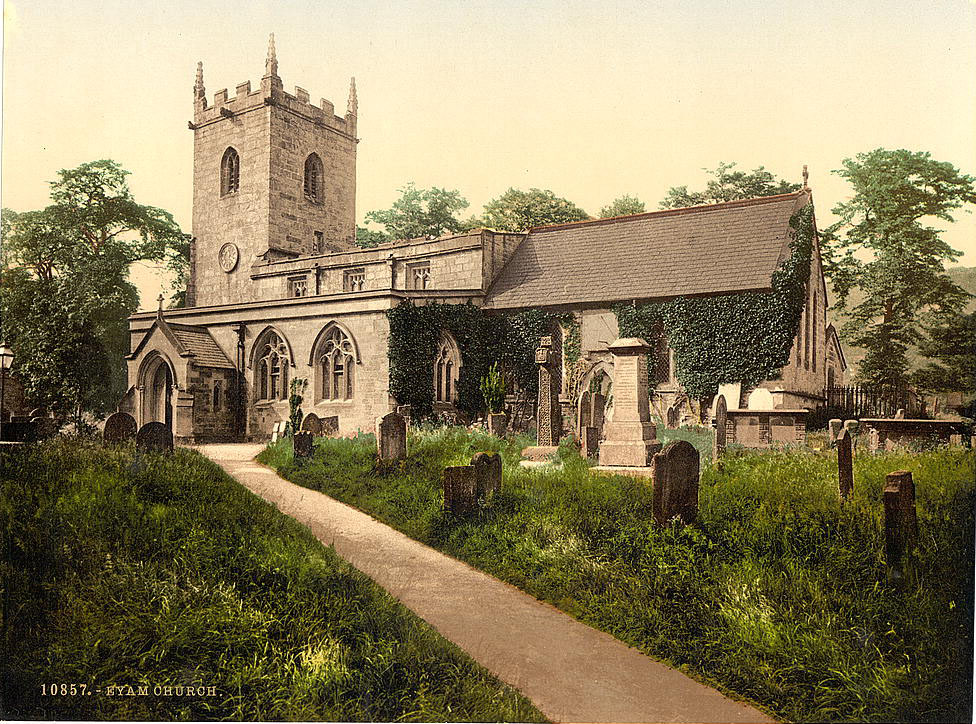
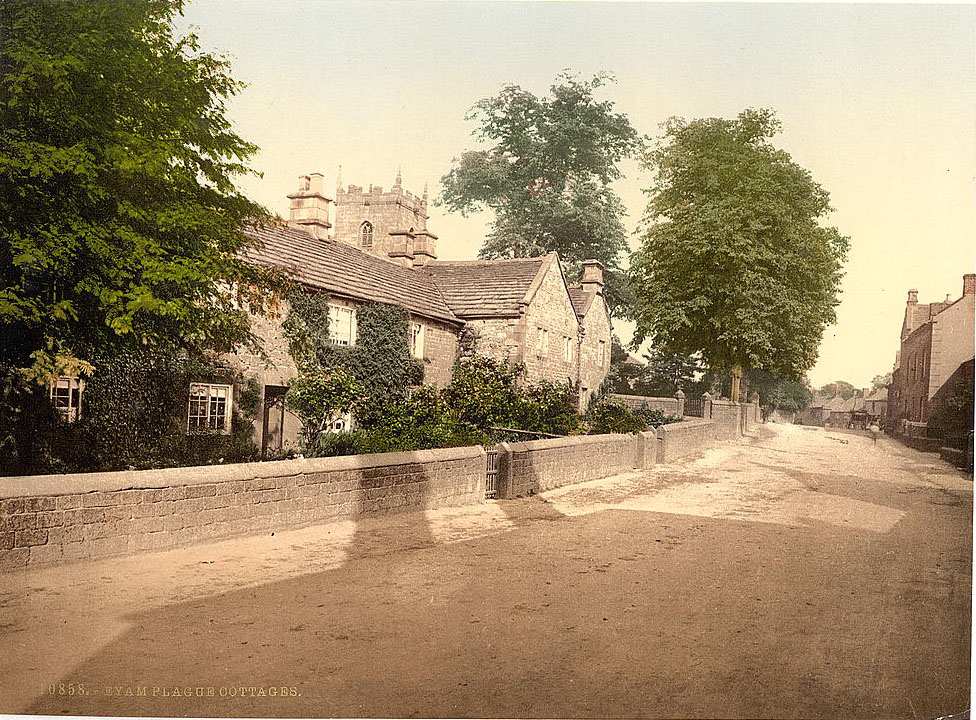
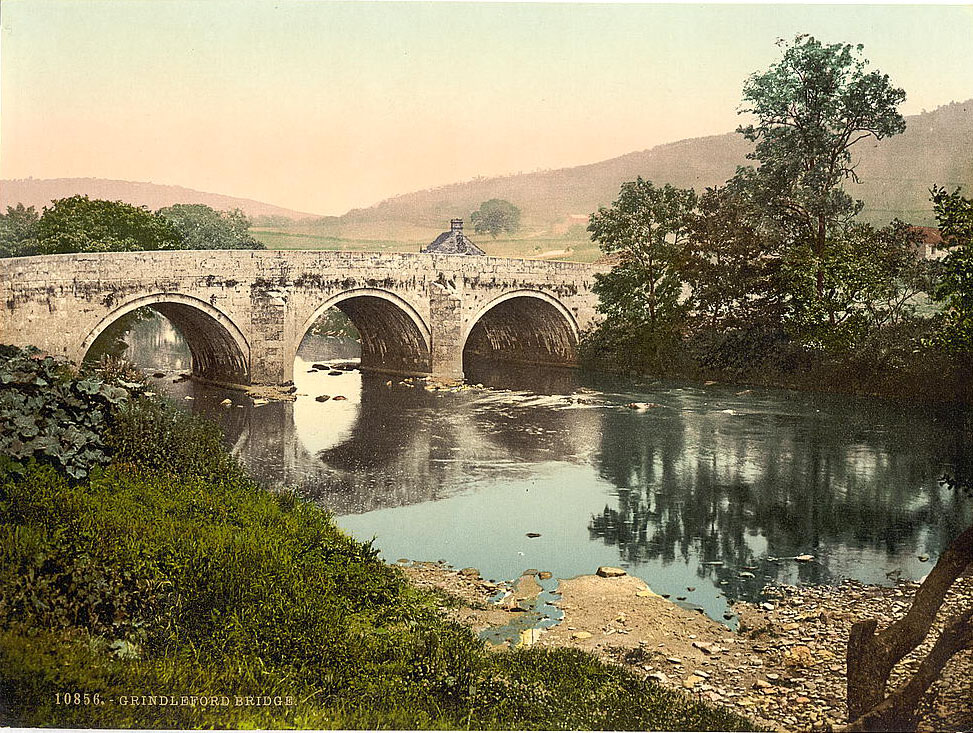
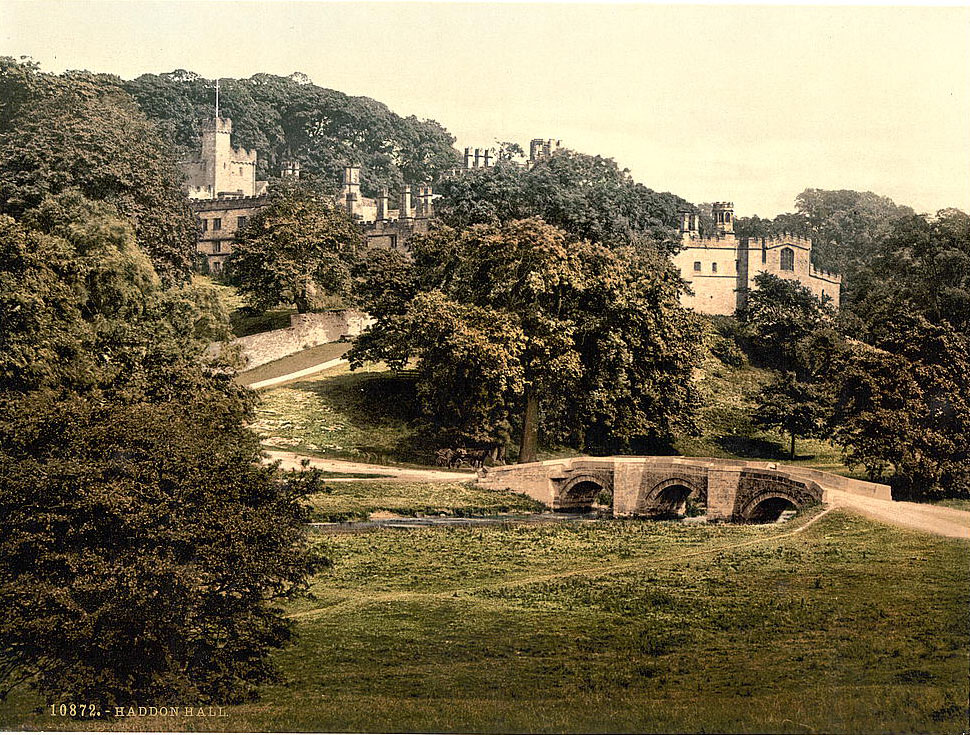
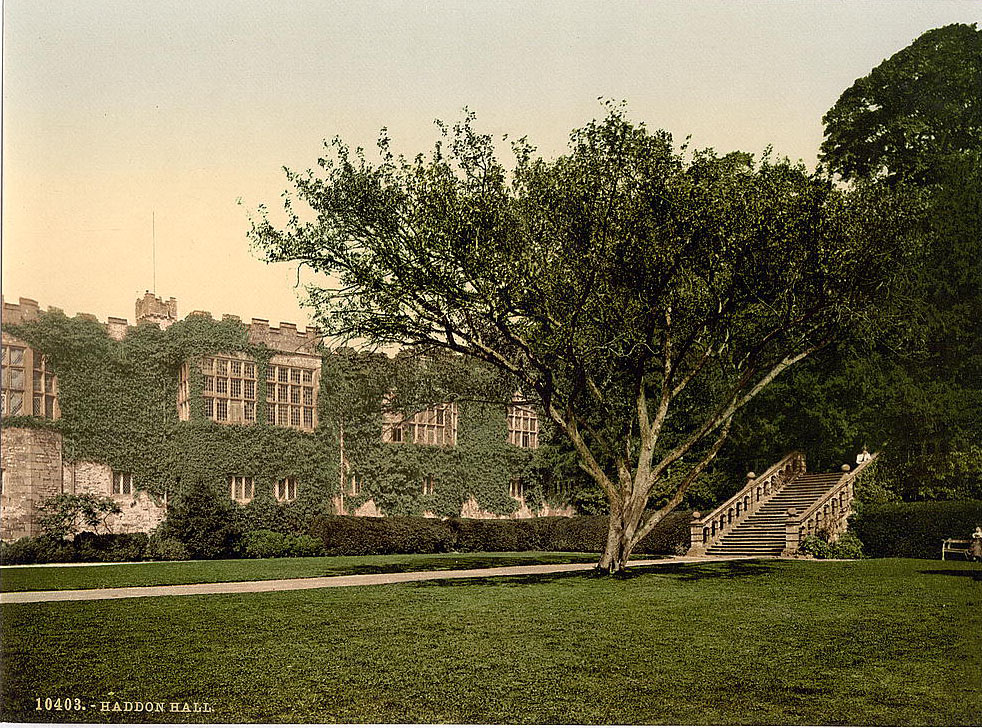
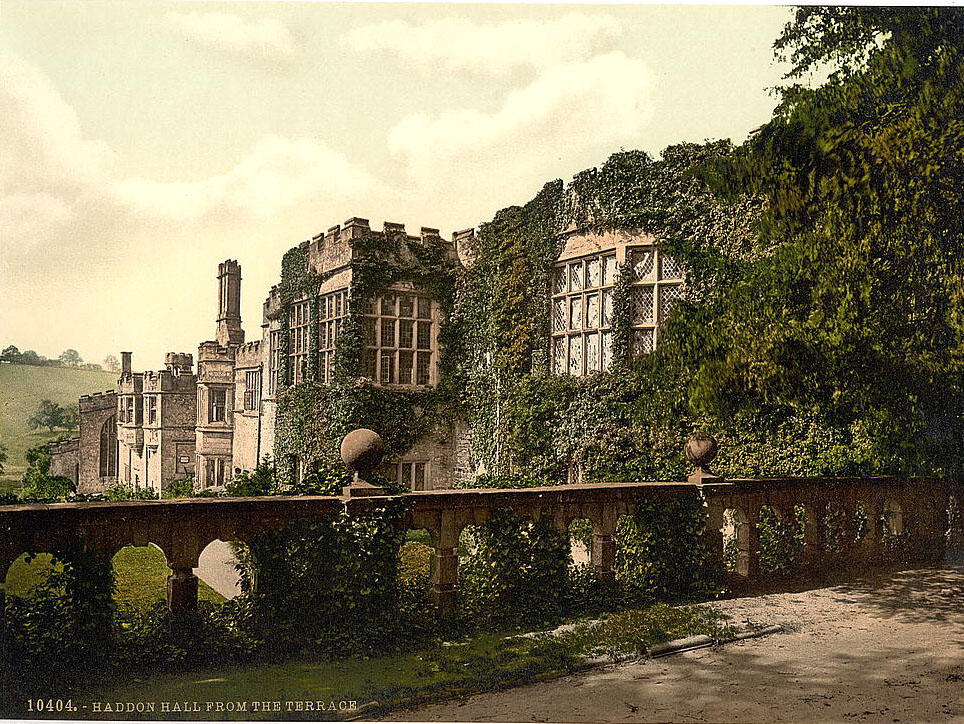
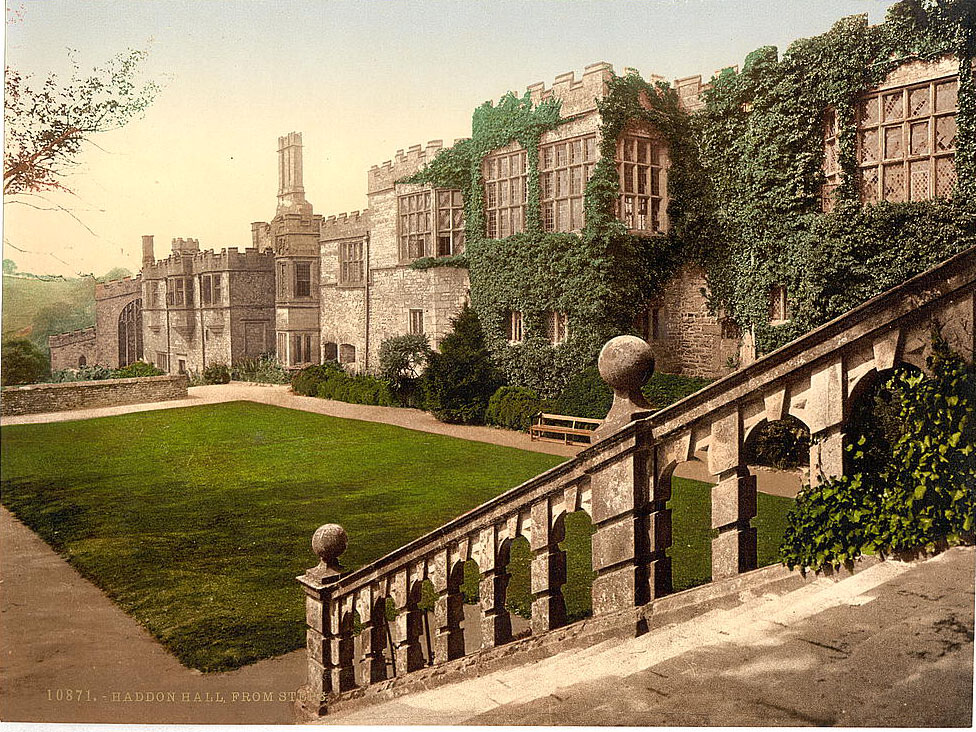
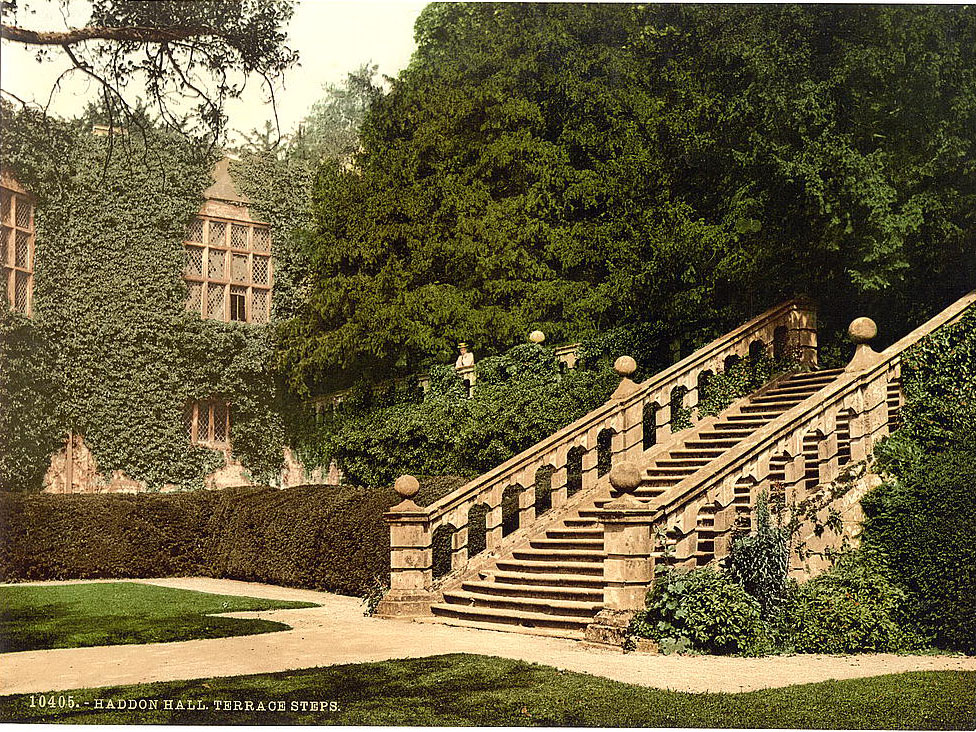
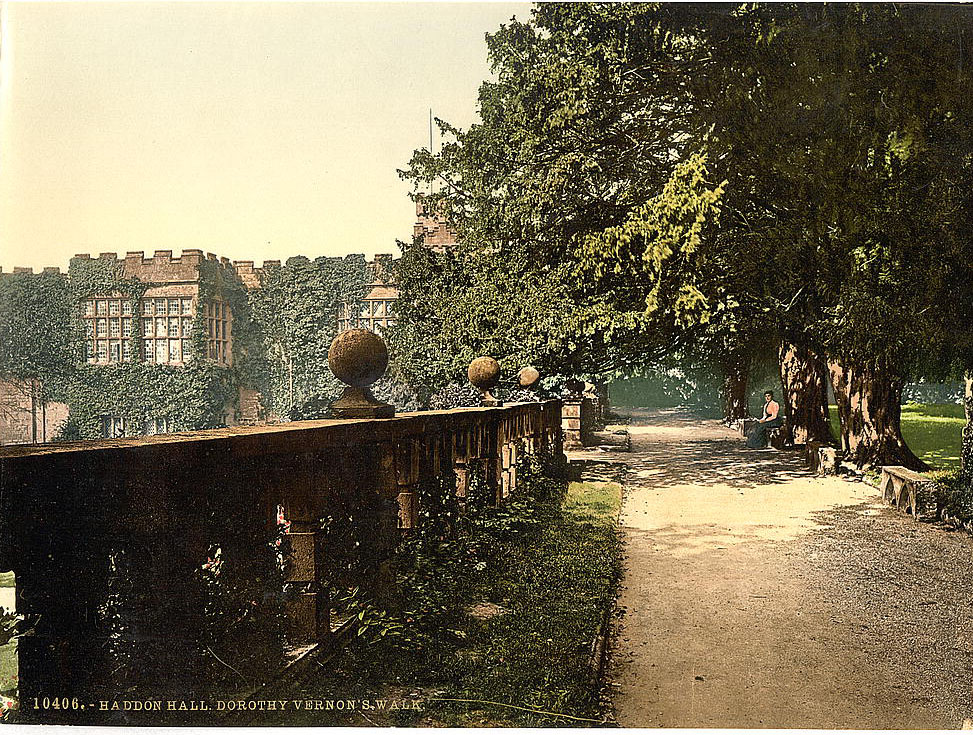
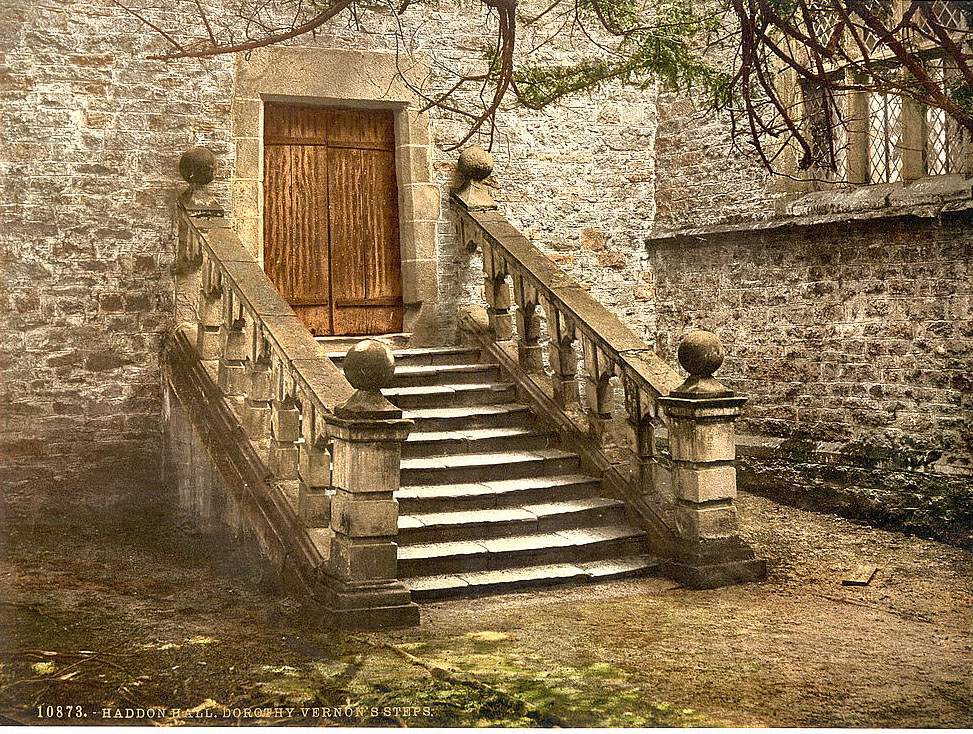
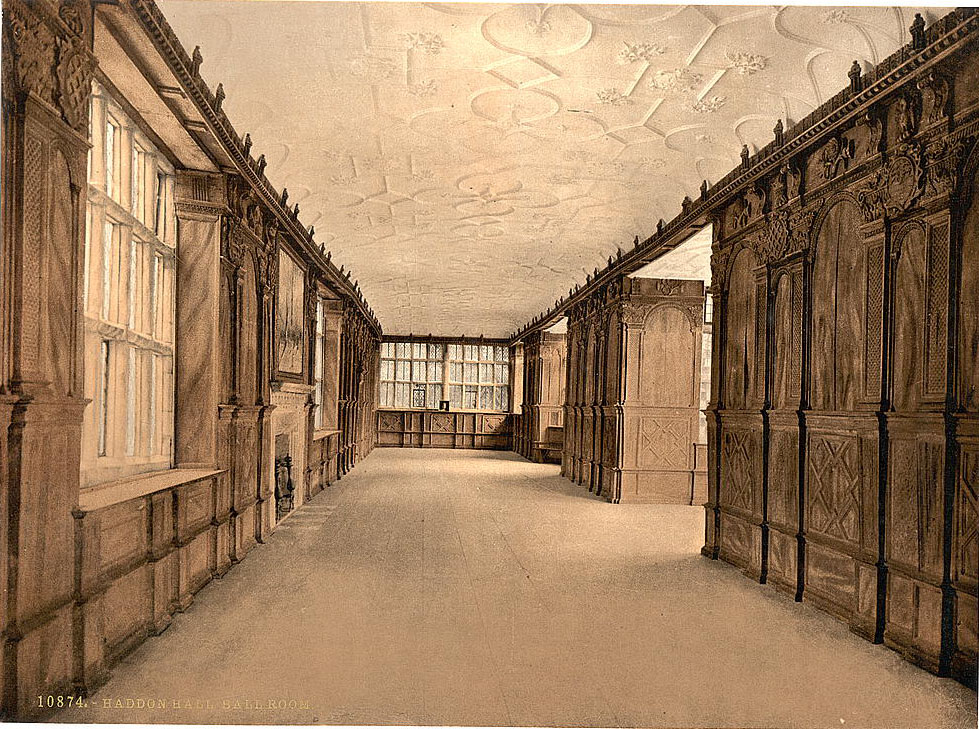
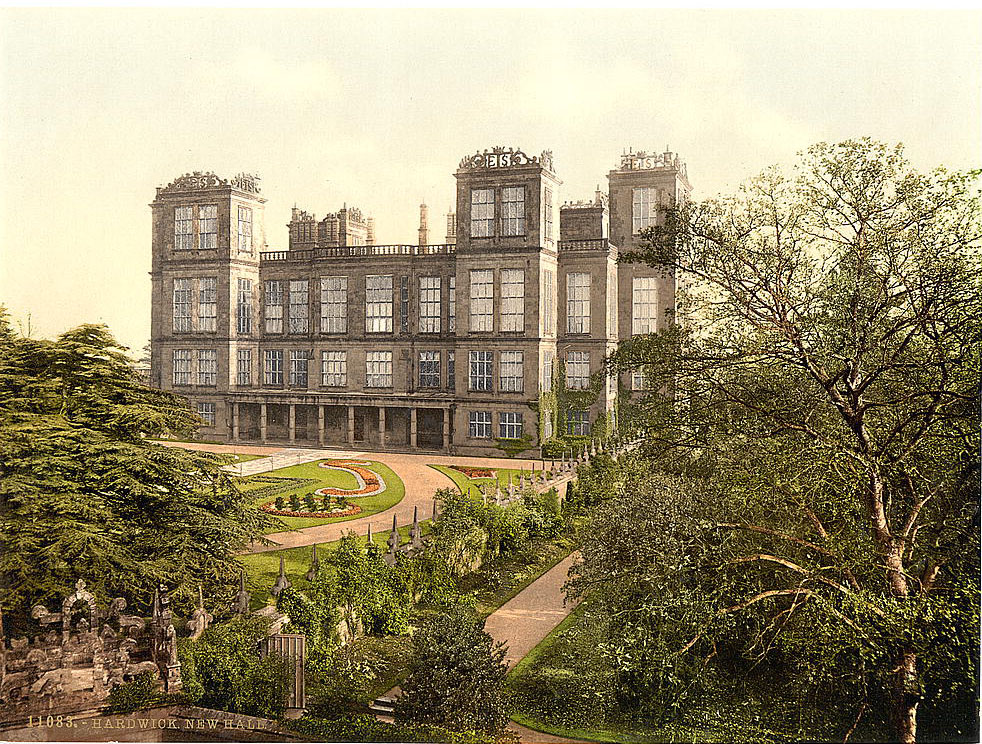
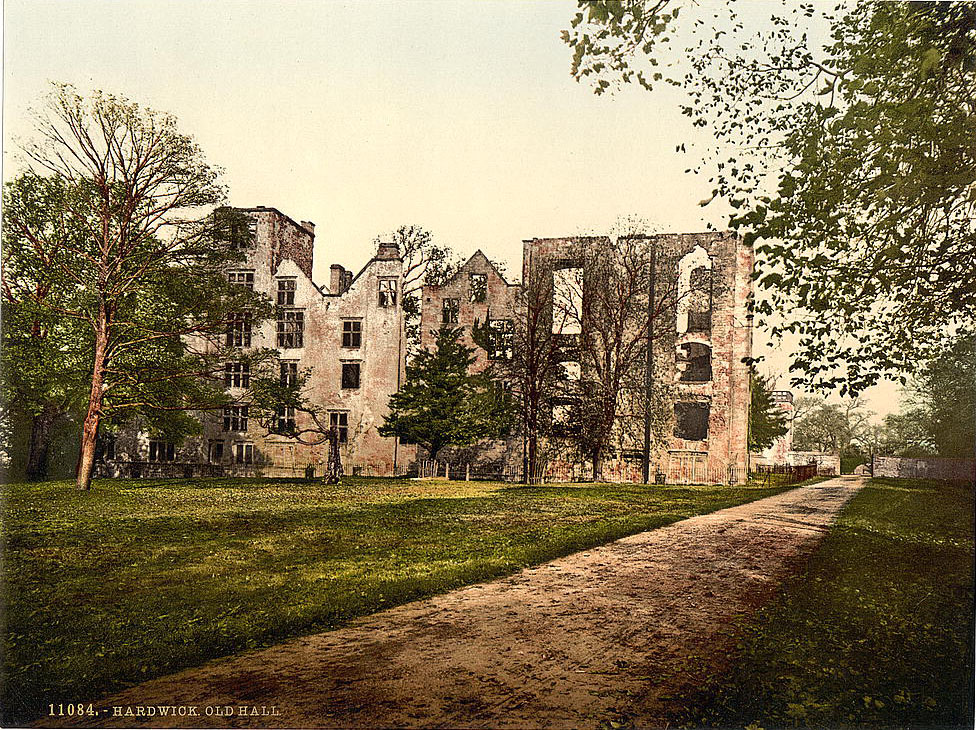
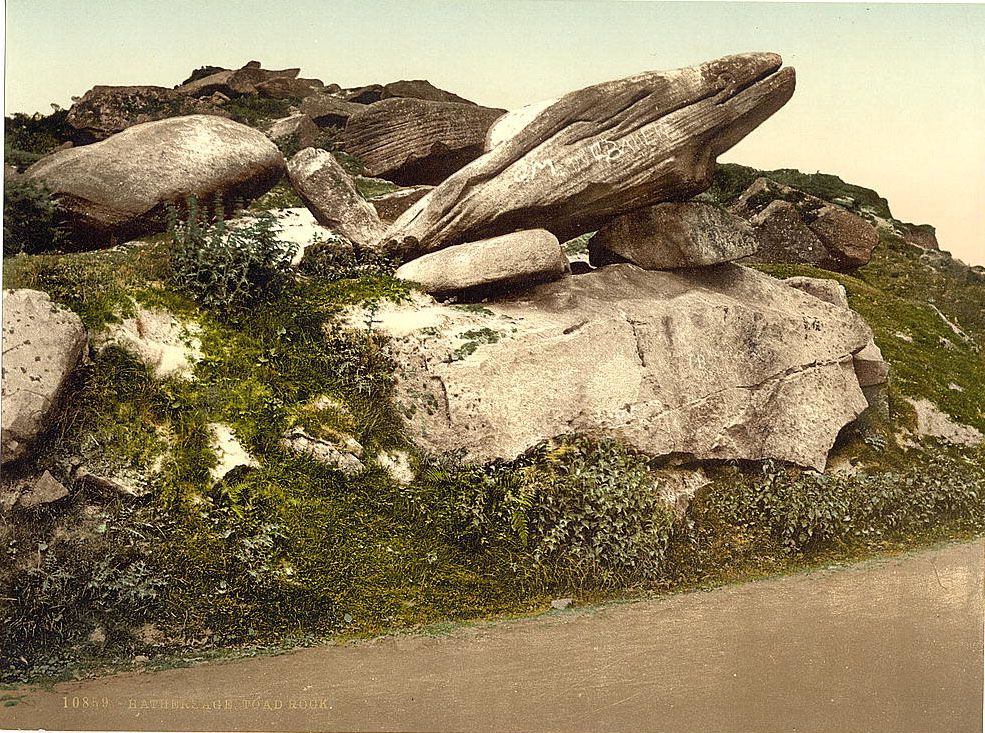
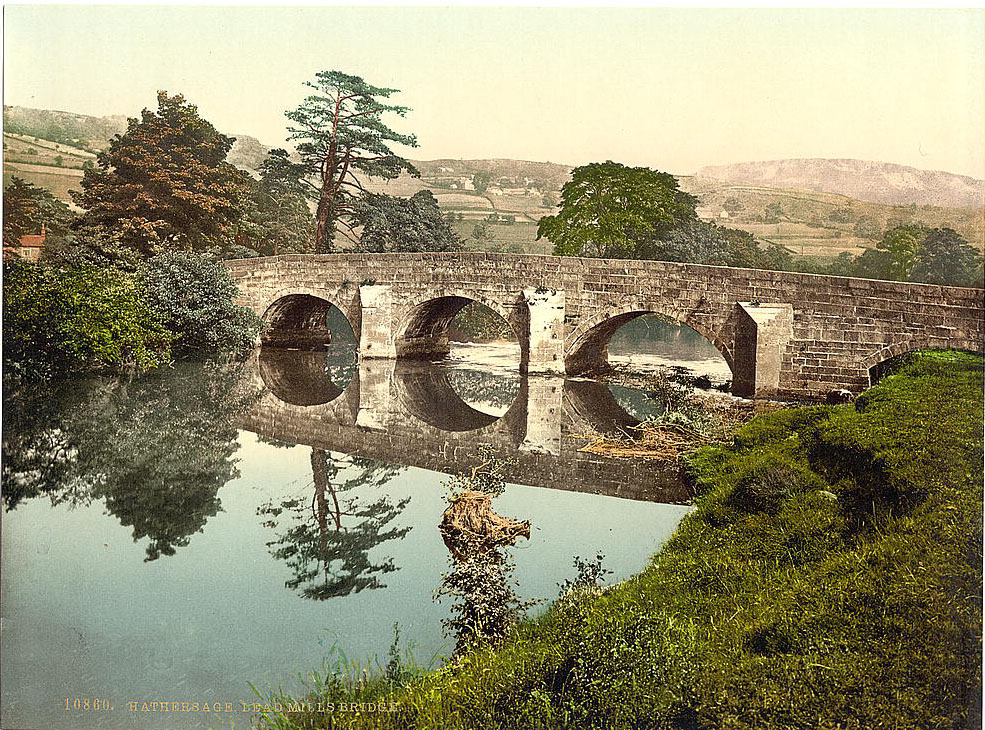
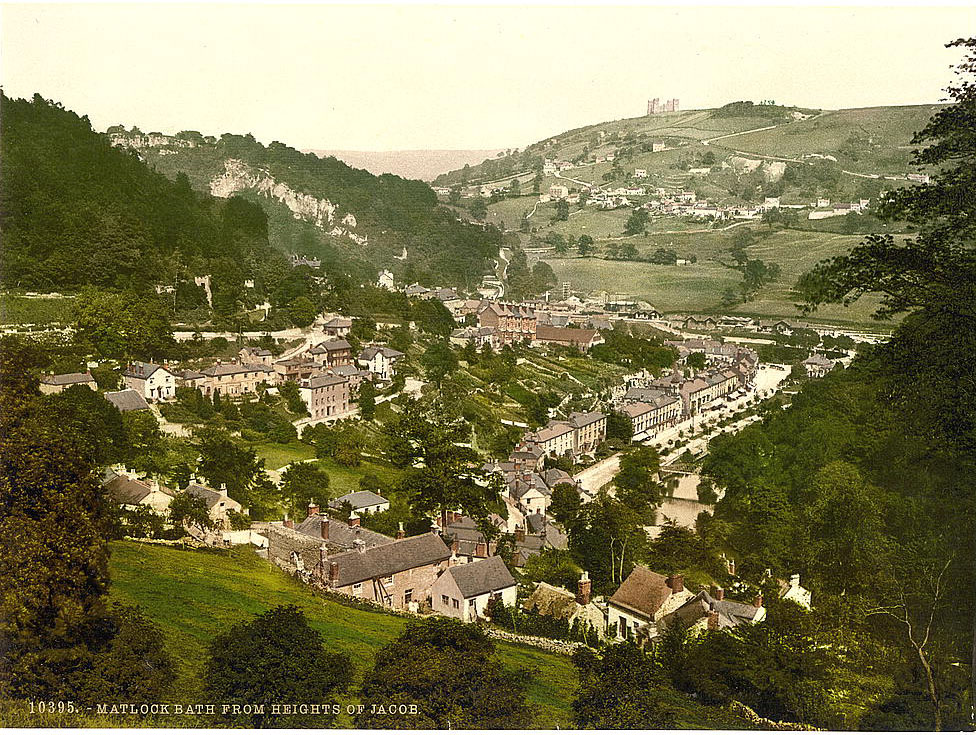
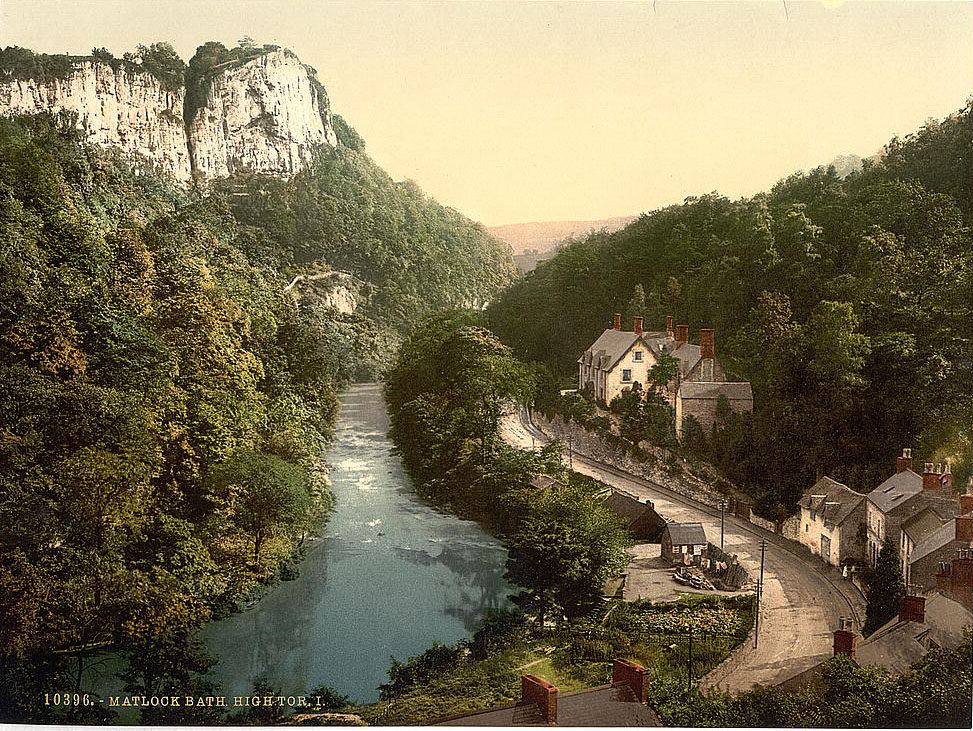
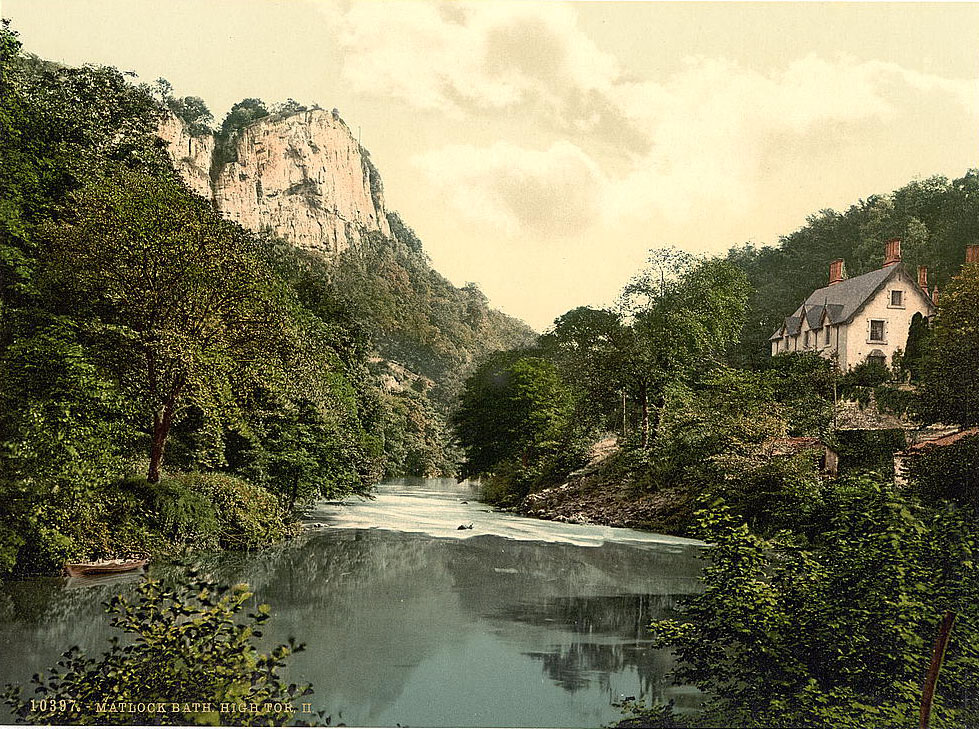
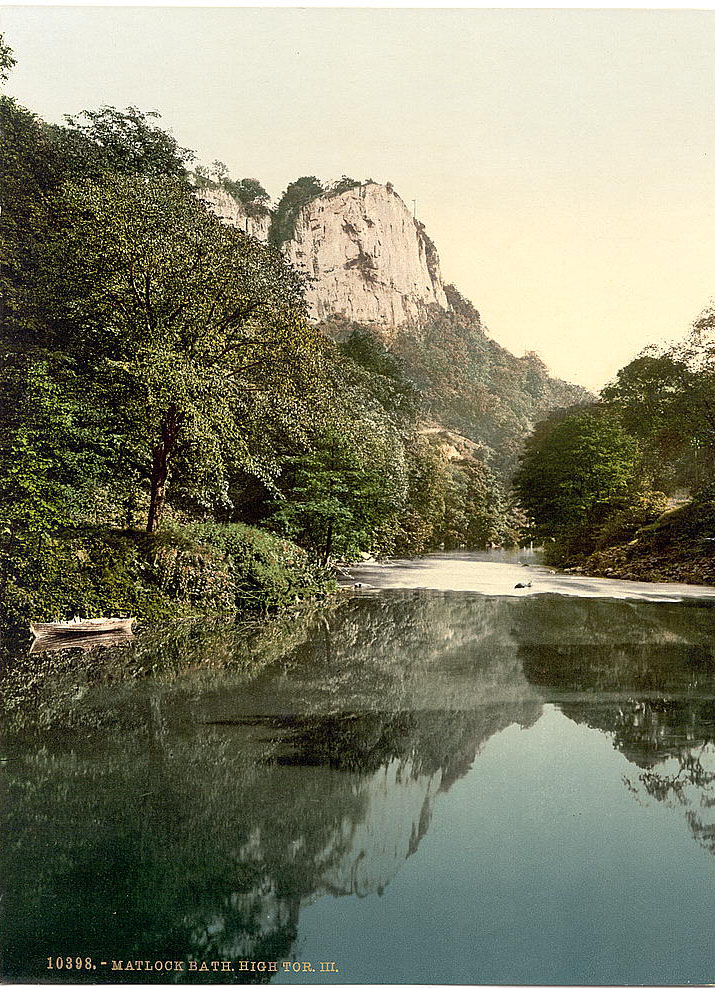
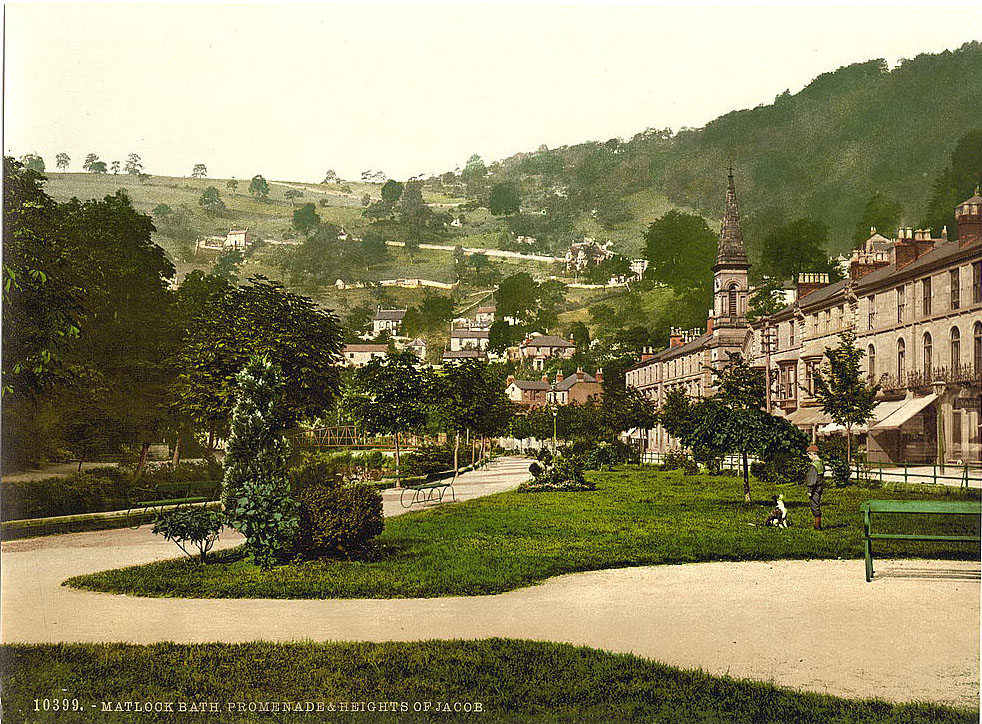
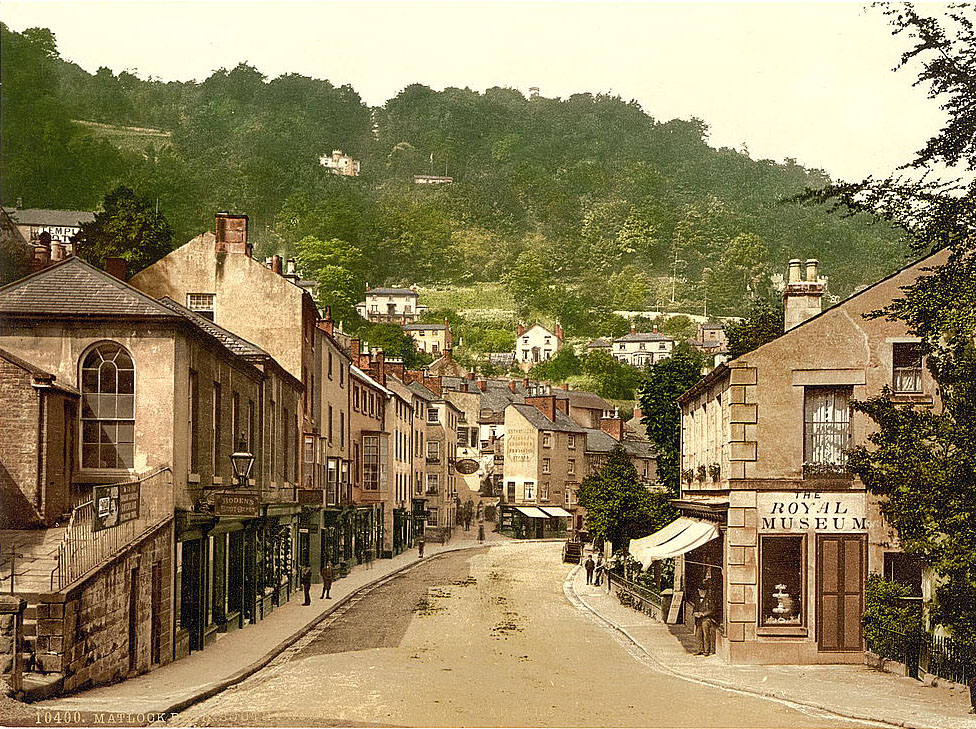
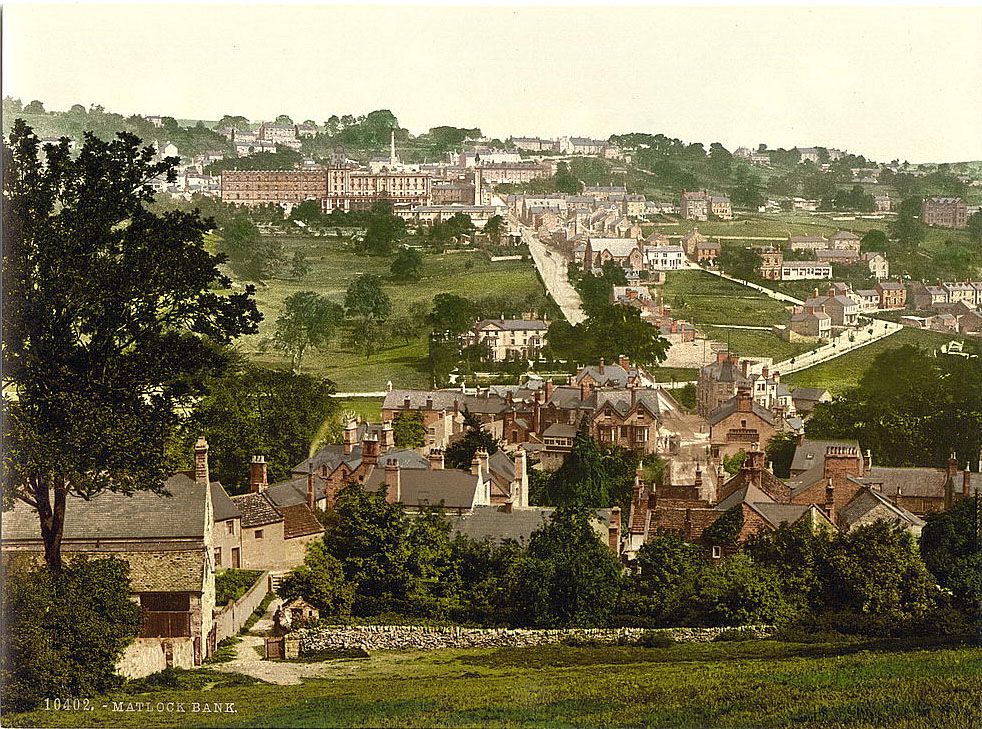
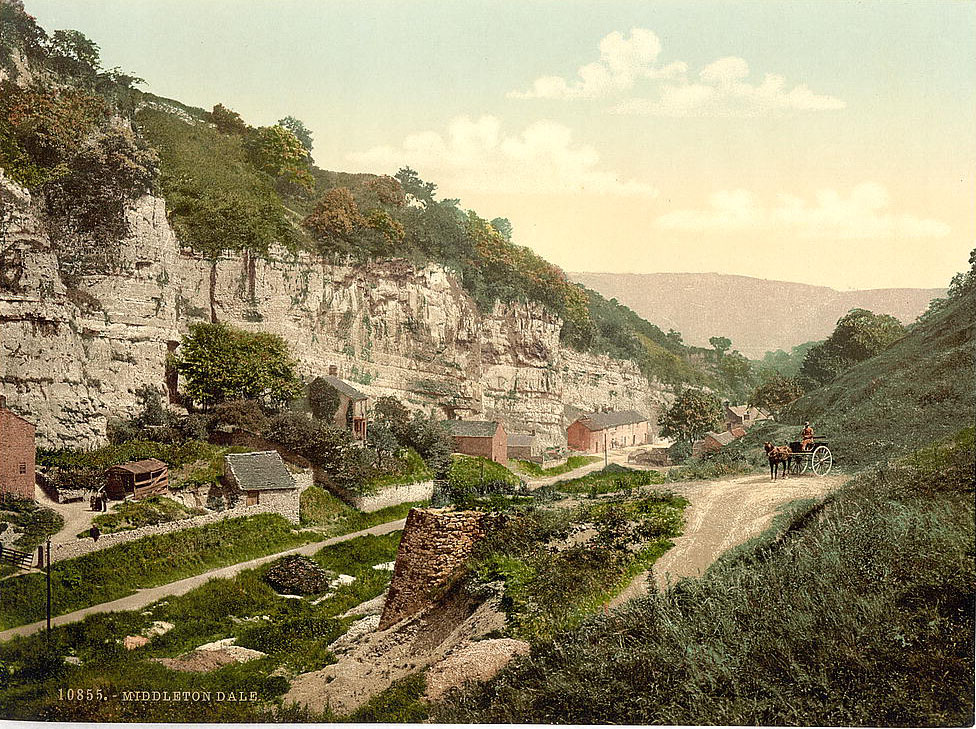
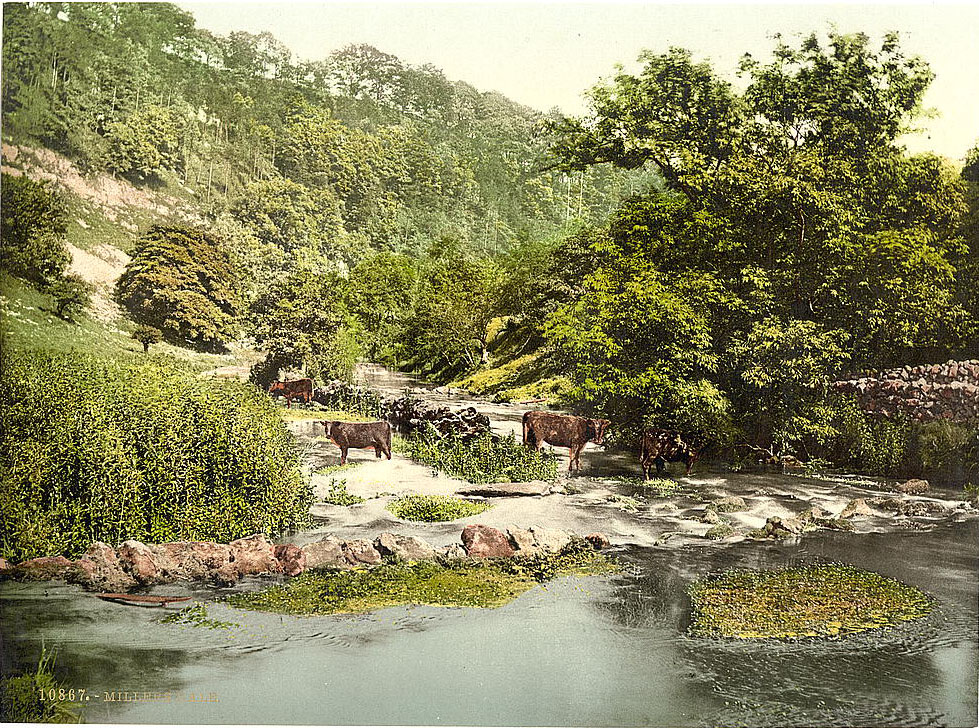
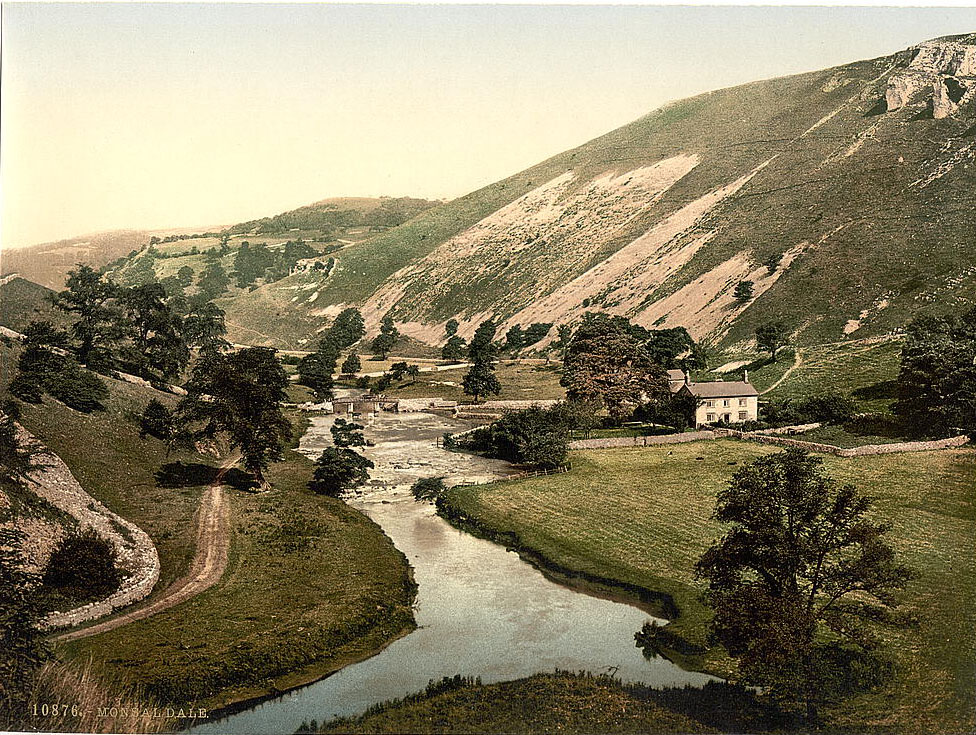
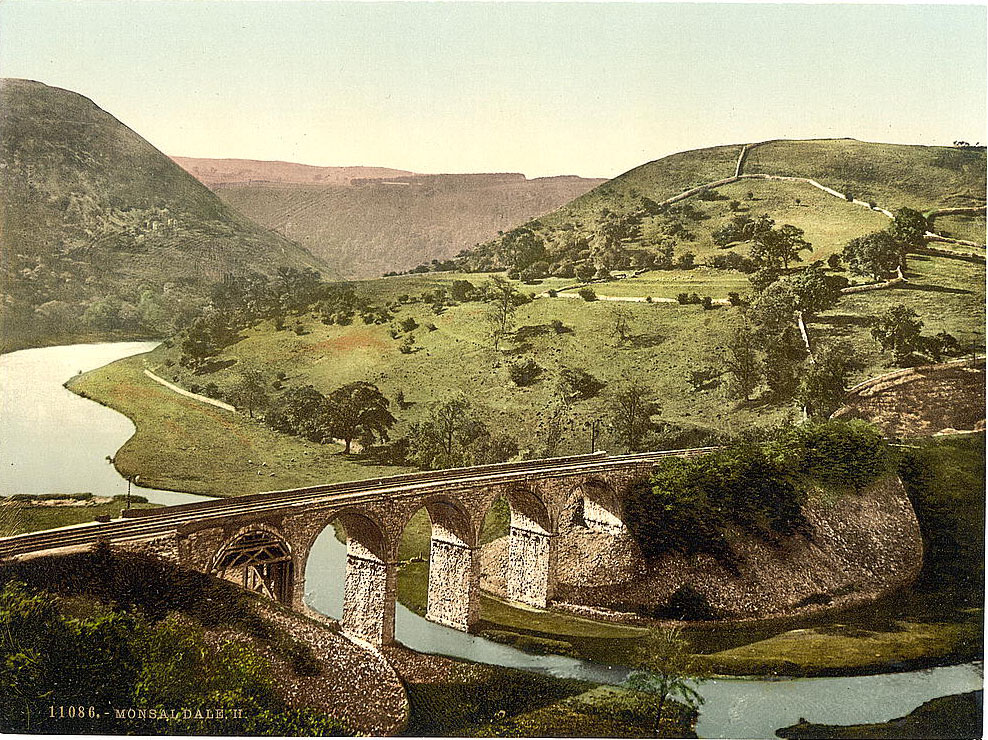
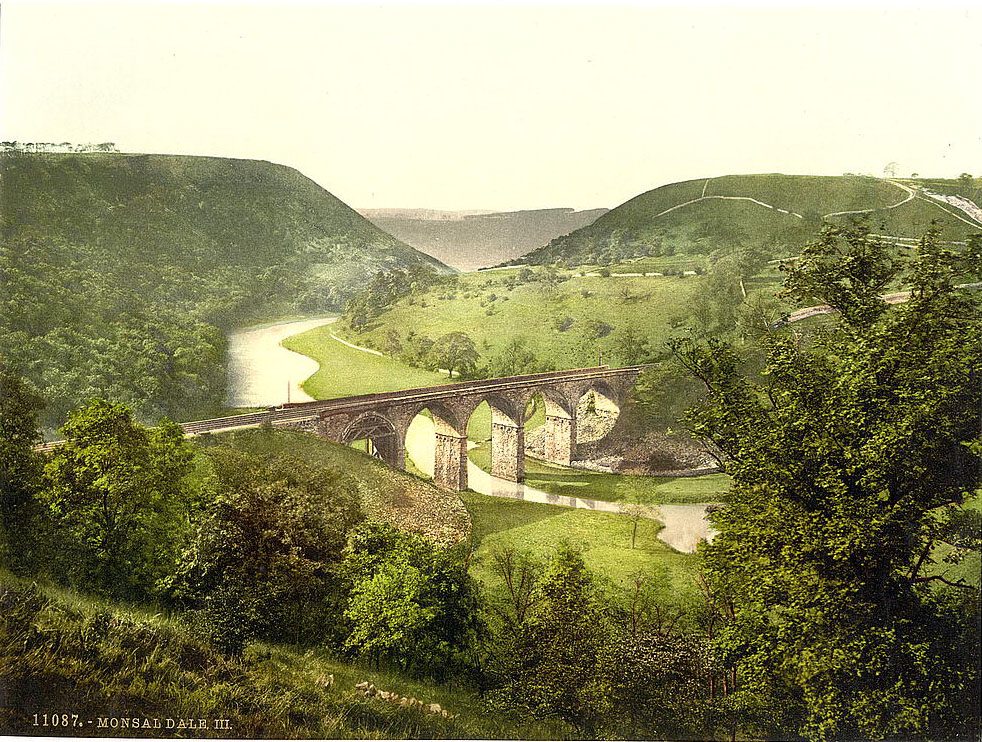
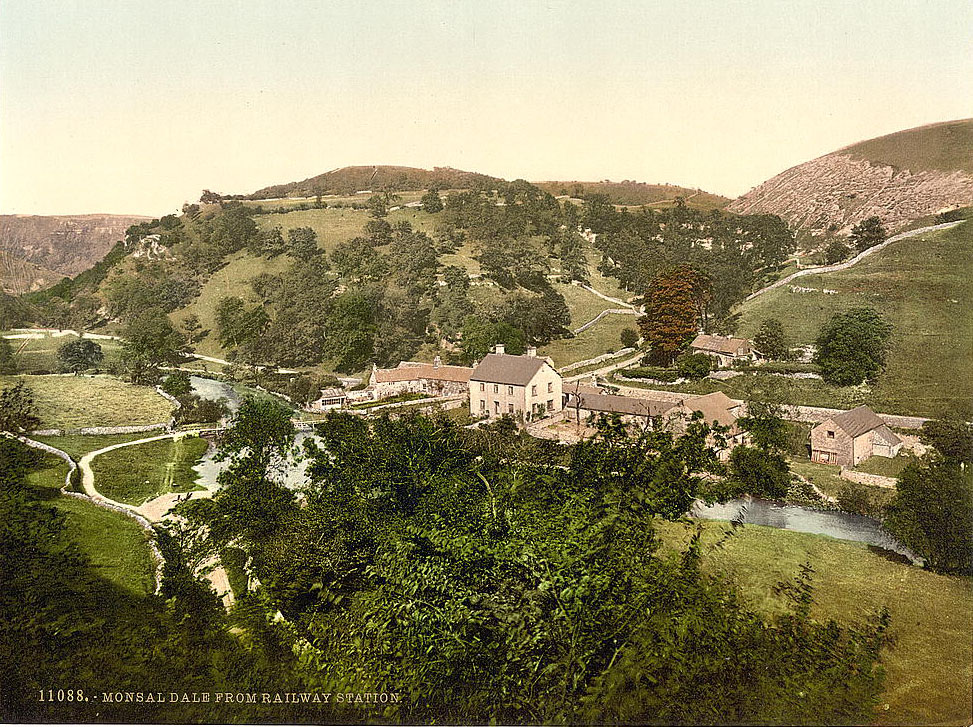
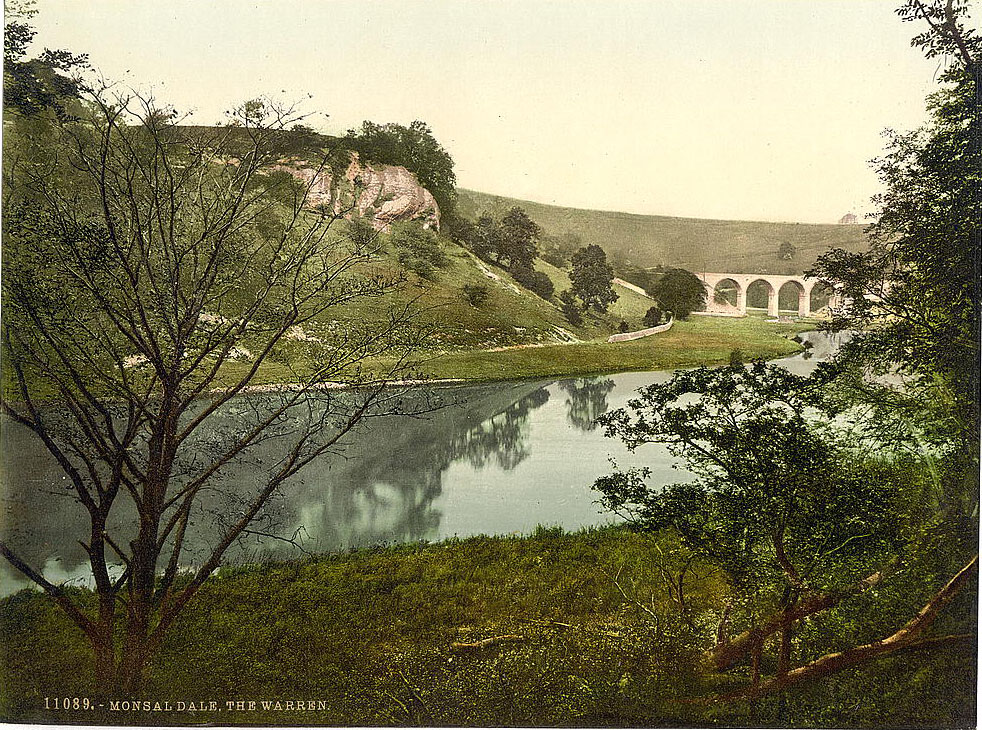
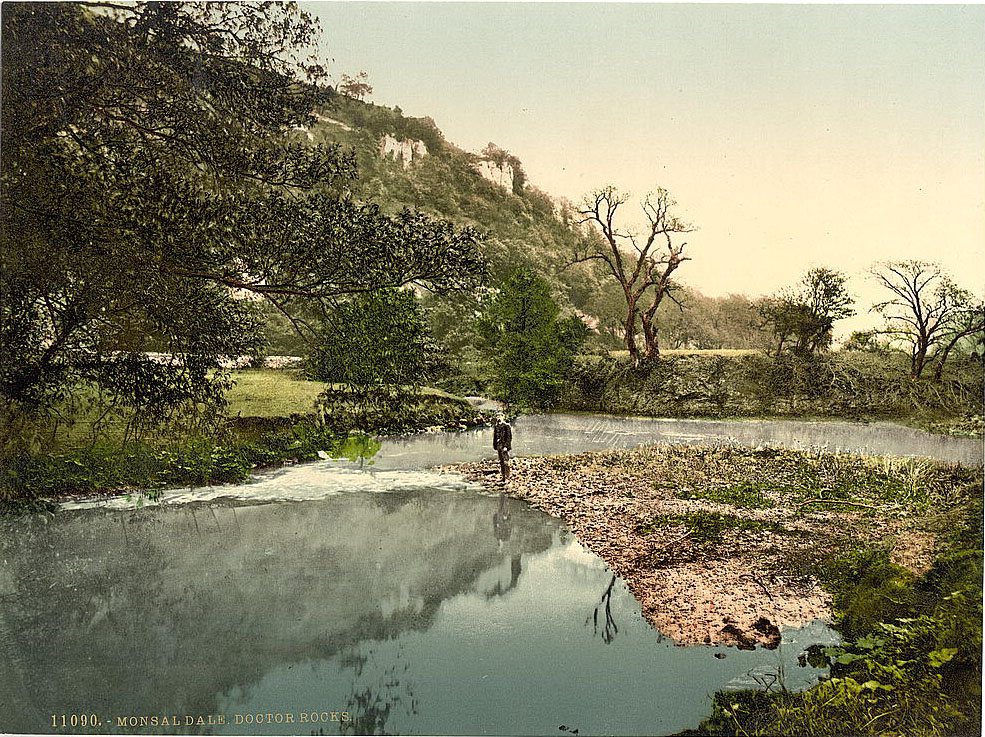
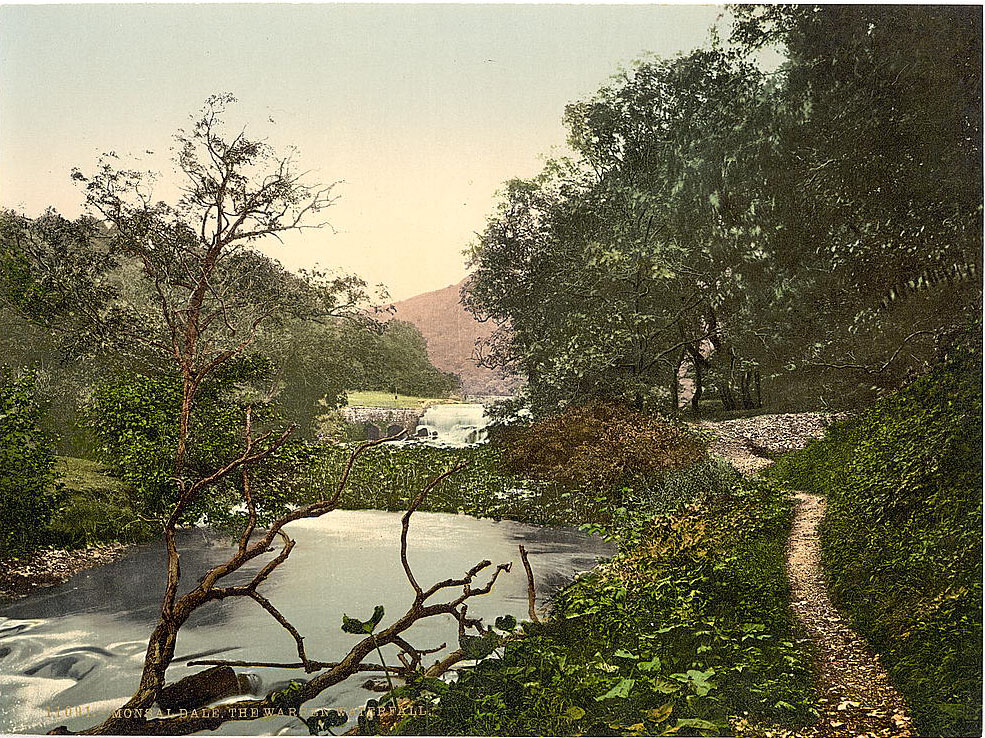
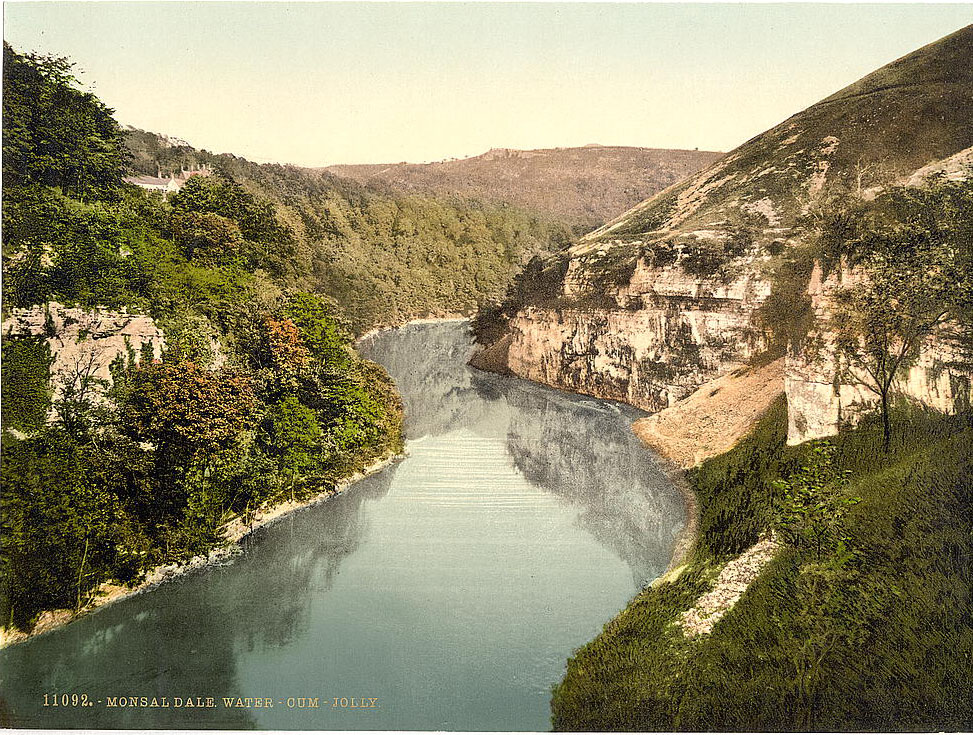
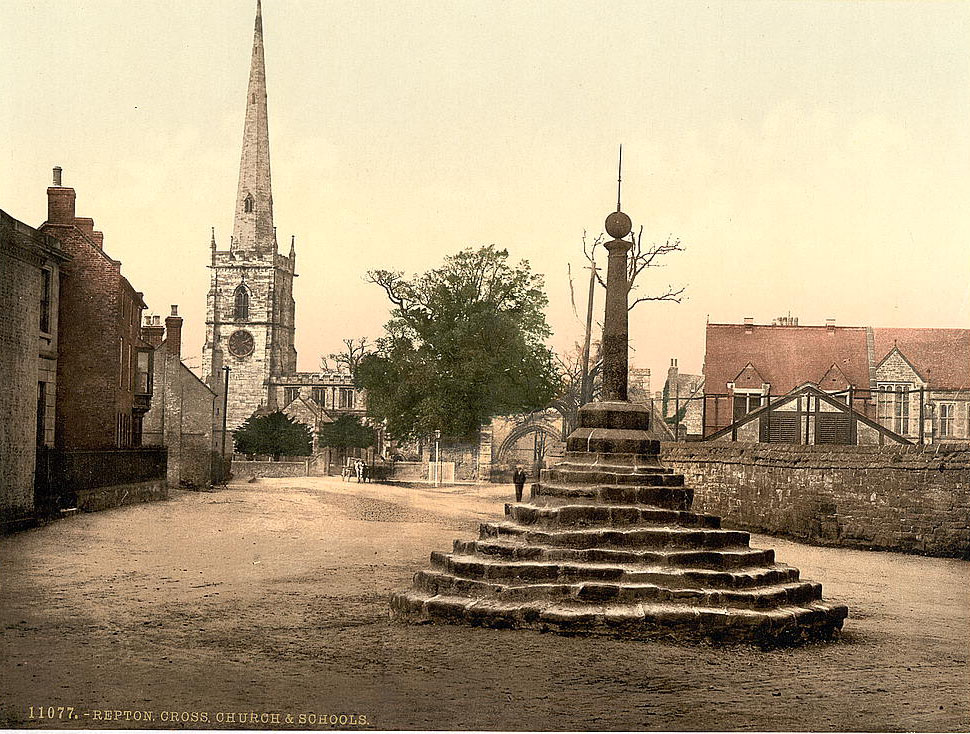
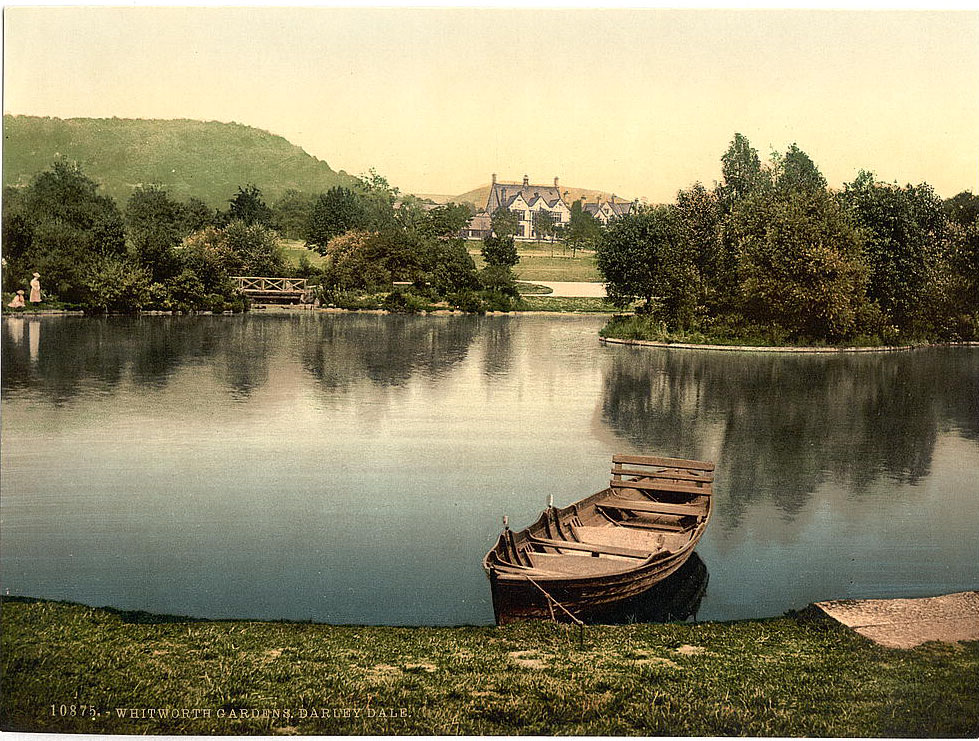
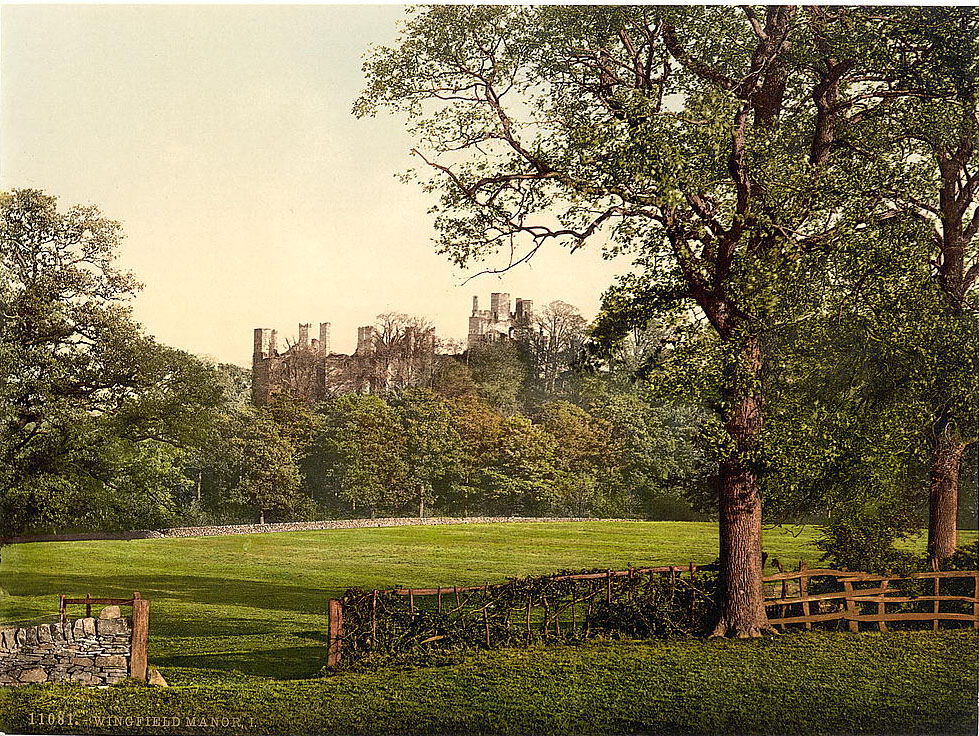
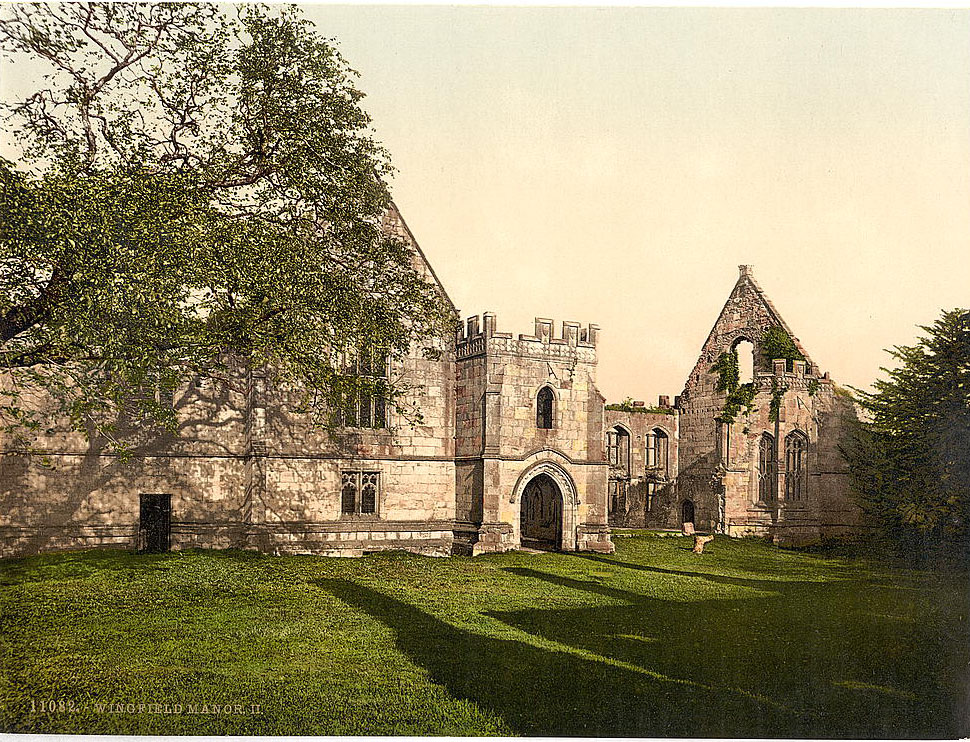
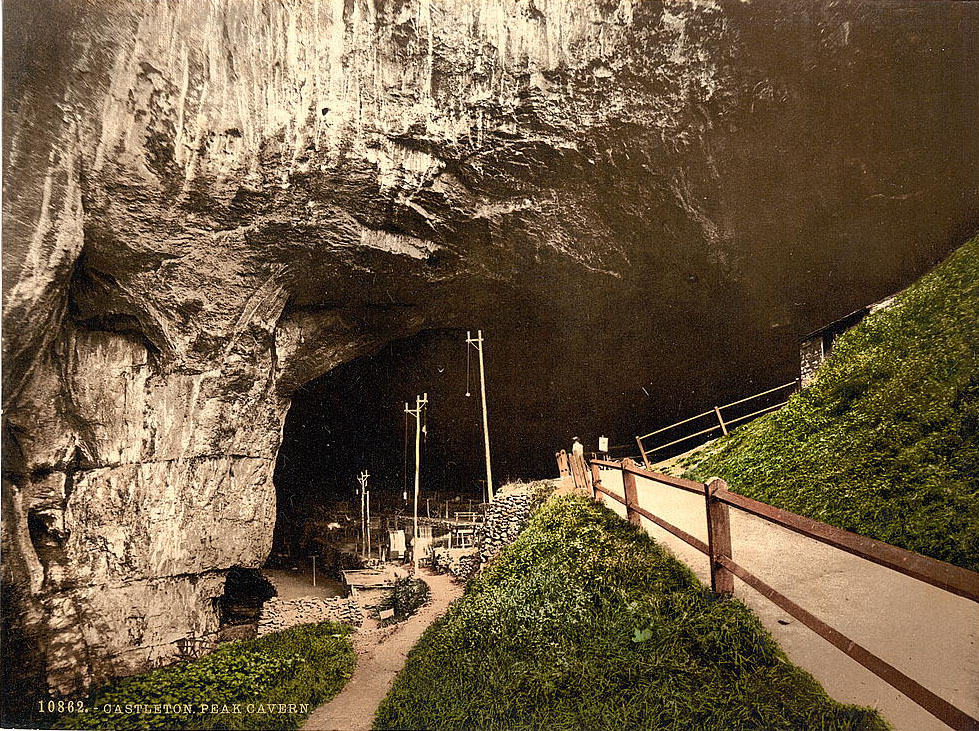

The Crich Memorial wasn’t built until the interwar period.
Honestly, I’ve visited most of these places and live relatively close to a few of them, so things haven’t changed.